
A rich HISTORY of impact
For nearly 70 years, companies, public institutions, developers and industry partners have relied on Cupertino Electric to design and execute first-of-their-kind electrical systems. Our history of delivering technically-complex projects fast—without compromising quality or safety—means that we are usually the first call when project failure is not an option.
Founded in 1954 by Gene Ravizza and Pete Kraljev, Cupertino Electric has fueled innovation in and around Silicon Valley by supplying the infrastructure that has enabled forward-looking companies to realize their vision. Since our humble beginnings, we have grown in the last six decades to serve sophisticated customers in a variety of industries. Despite our evolution and geographic reach, we are still guided by a few steadfast values: integrity, excellence, innovation, people and safety.
The Beginning1954
After returning from working in Morocco, Eugene “Gene” Ravizza purchases Kucher Electric for $12,500 and renames it Cupertino Electric, Inc. (CEI). The company gets its start by wiring homes in the San Francisco Bay Area.
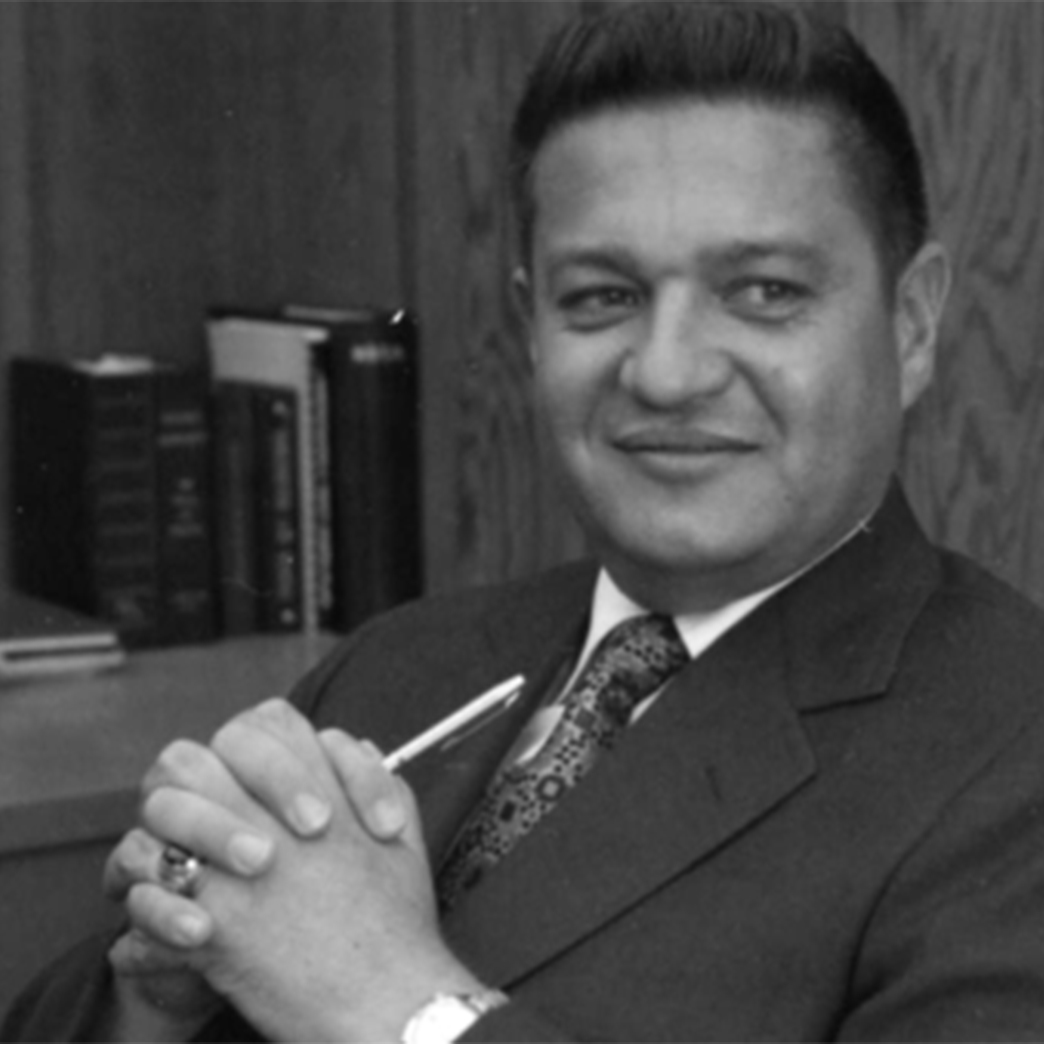
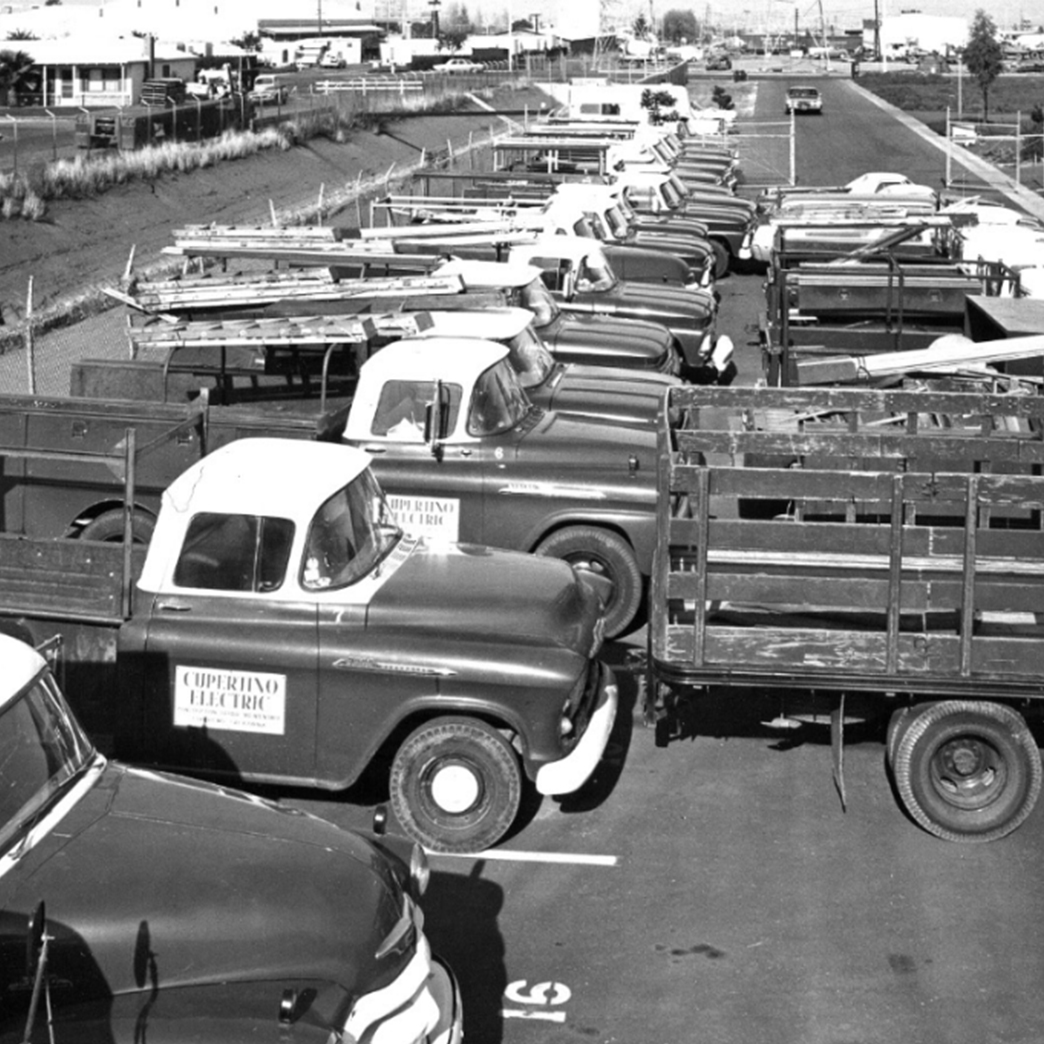
Building a Portfolio1959
CEI’s reputation for integrity, technical engineering and quality grows. Foothill College awards CEI a campus electrical project. CEI builds its education project portfolio and lays the foundation for future technology projects in Silicon Valley.
"Yes, we were in the right place at the right time ... but we still had to work at it."
—Gene Ravizza, Founder
Gaining Momentum1960
Cupertino Electric designs and installs the electrical infrastructure at Fairchild Semiconductor, one of the first semiconductor fabrication facilities. This early success leads to projects with Siliconix, National Semiconductor and Hewlett-Packard (HP).
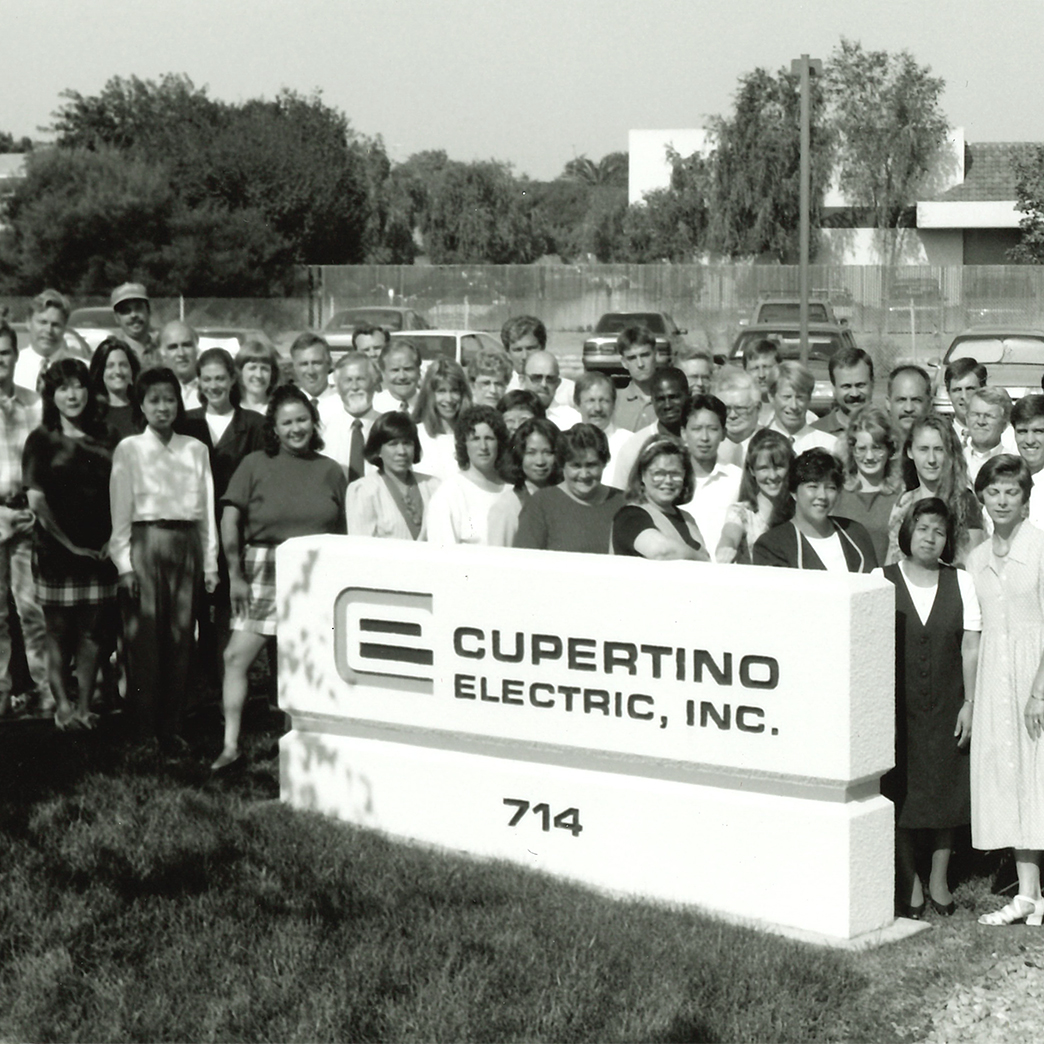
"One of the things I've always enjoyed was 'people innovation.' Cupertino Electric had a medical plan for all employees before the union did. Then, in 1964, we had a profit-sharing plan that was the first in our industry."
—Jim Ryley, Chairman of the Board of Directors
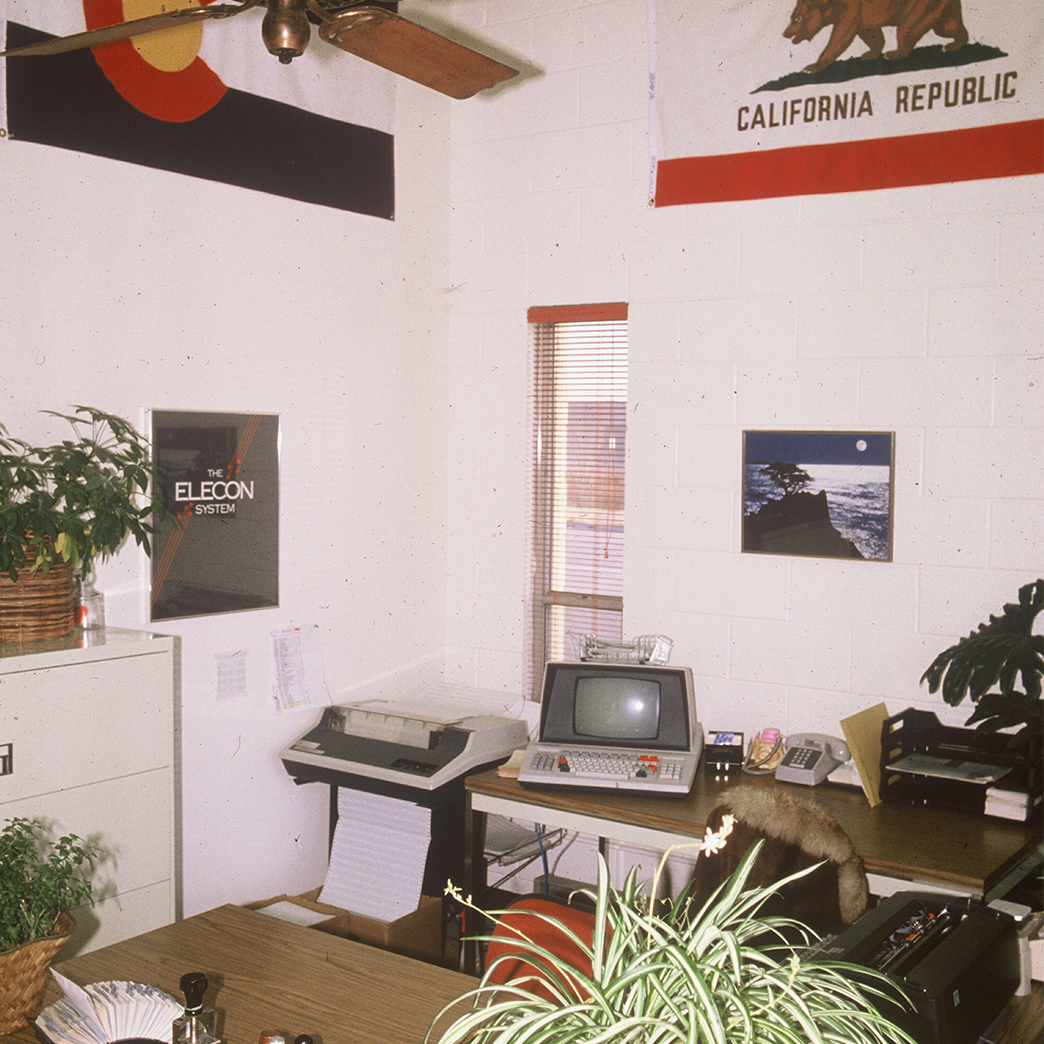
Expansion1970s
The early tech boom continues, and Cupertino Electric helps build Intel’s headquarters. Based on its growing reputation as a problem-solver, CEI is asked by HP to expand its geographical reach and salvage a project in Colorado.
Healthcare Construction1974
CEI expands into healthcare, completing a large Silicon Valley hospital project for Good Samaritan.
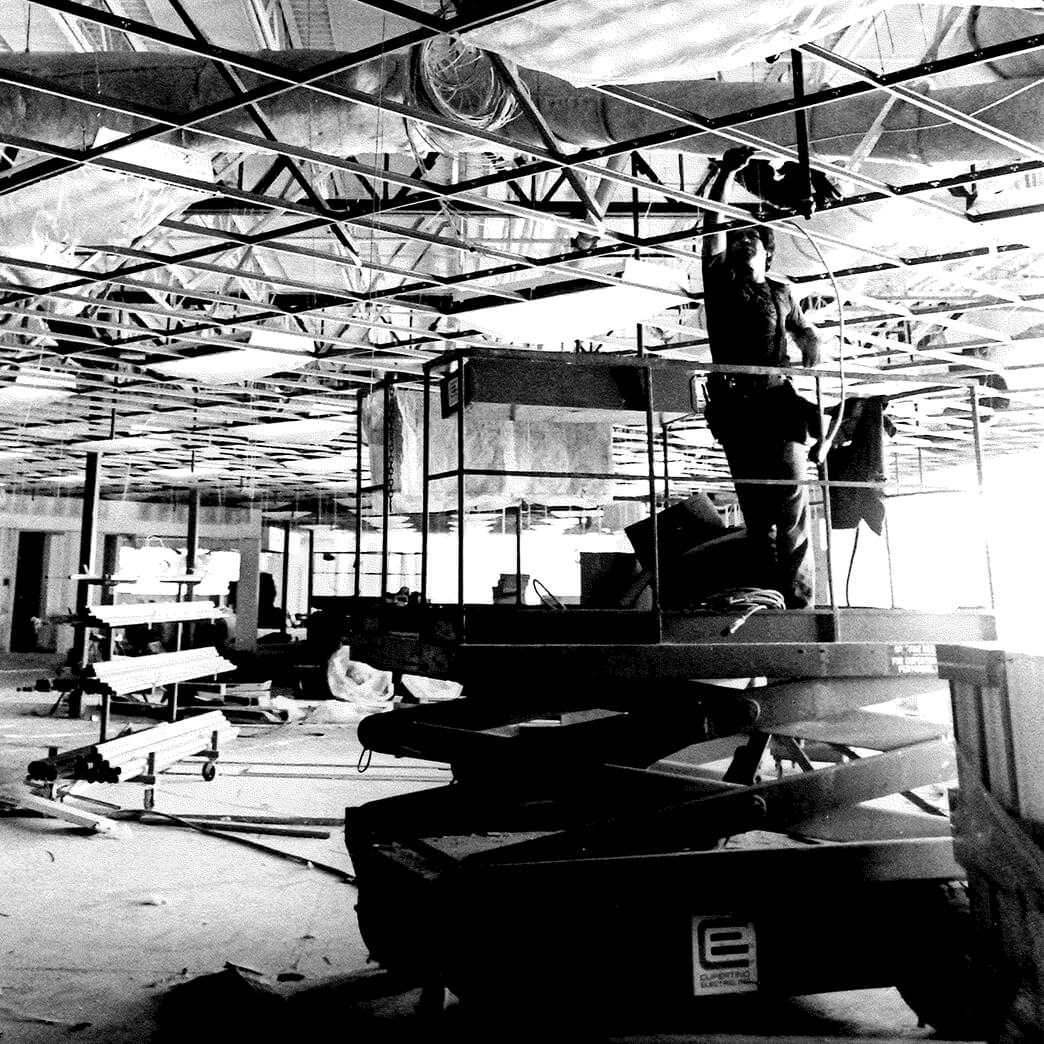
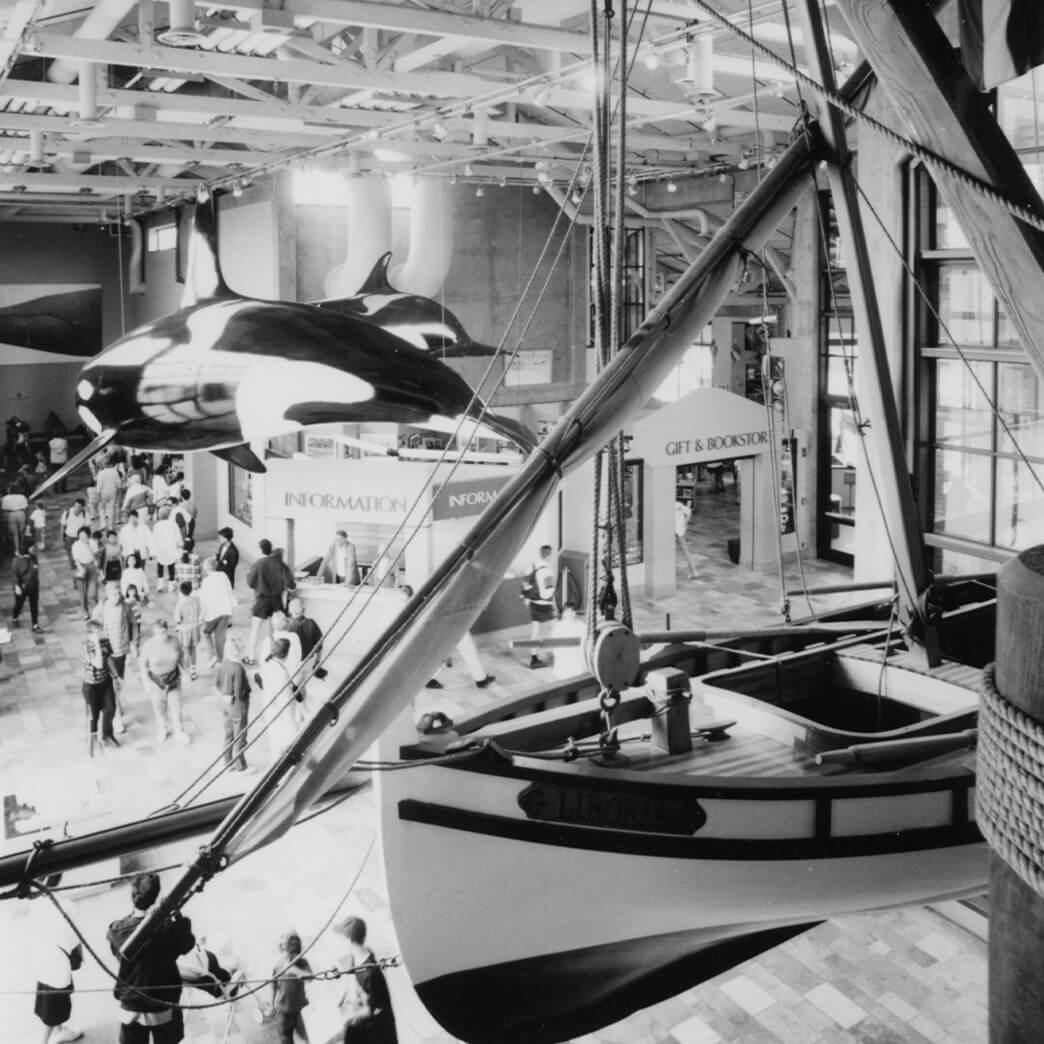
The Monterey Bay Aquarium1985
Cupertino Electric designs and installs the electrical systems for the massive 1 million-gallon water tank at the Monterey Bay Aquarium.
San Francisco Commercial1989
Cupertino Electric acquires Collins Electric and opens an office in San Francisco, California, expanding its commercial presence and reach in Northern California.
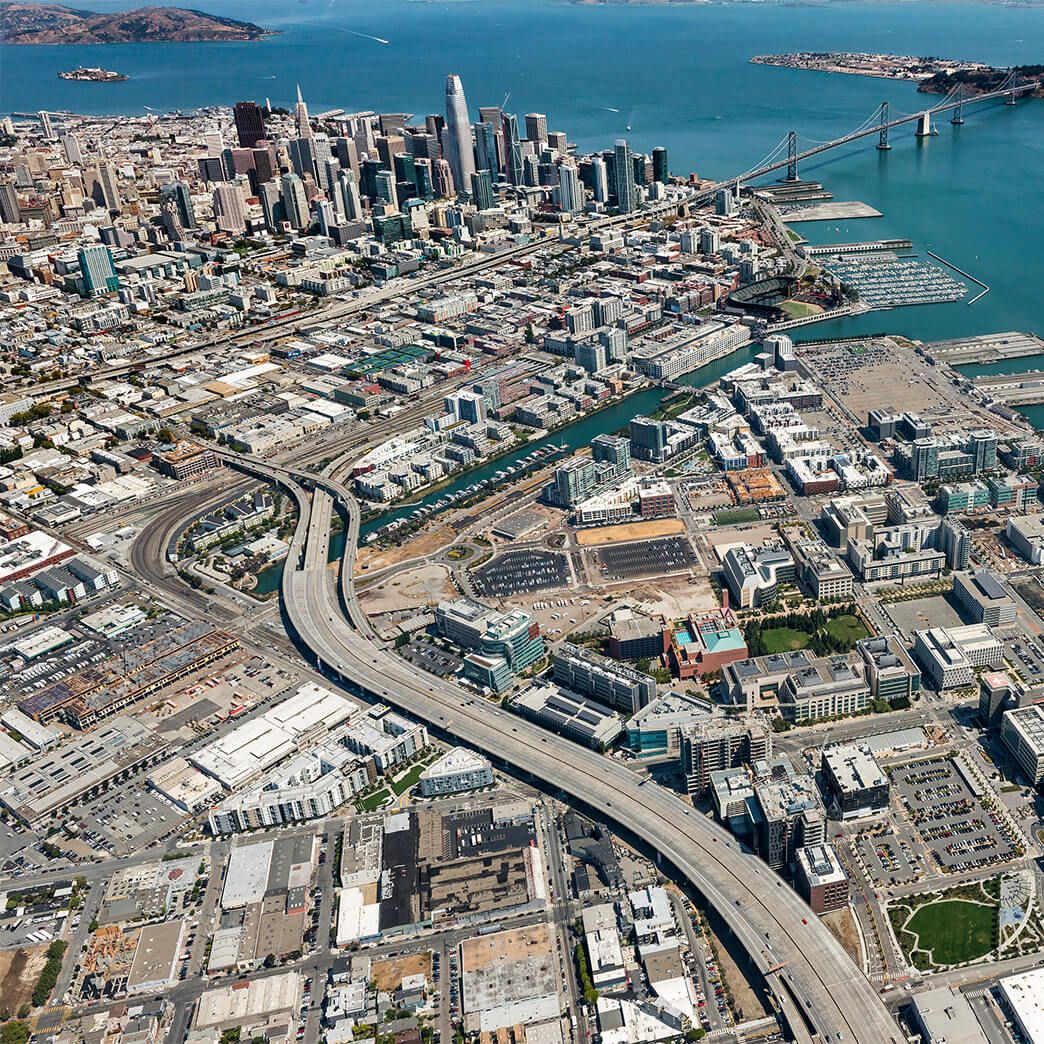
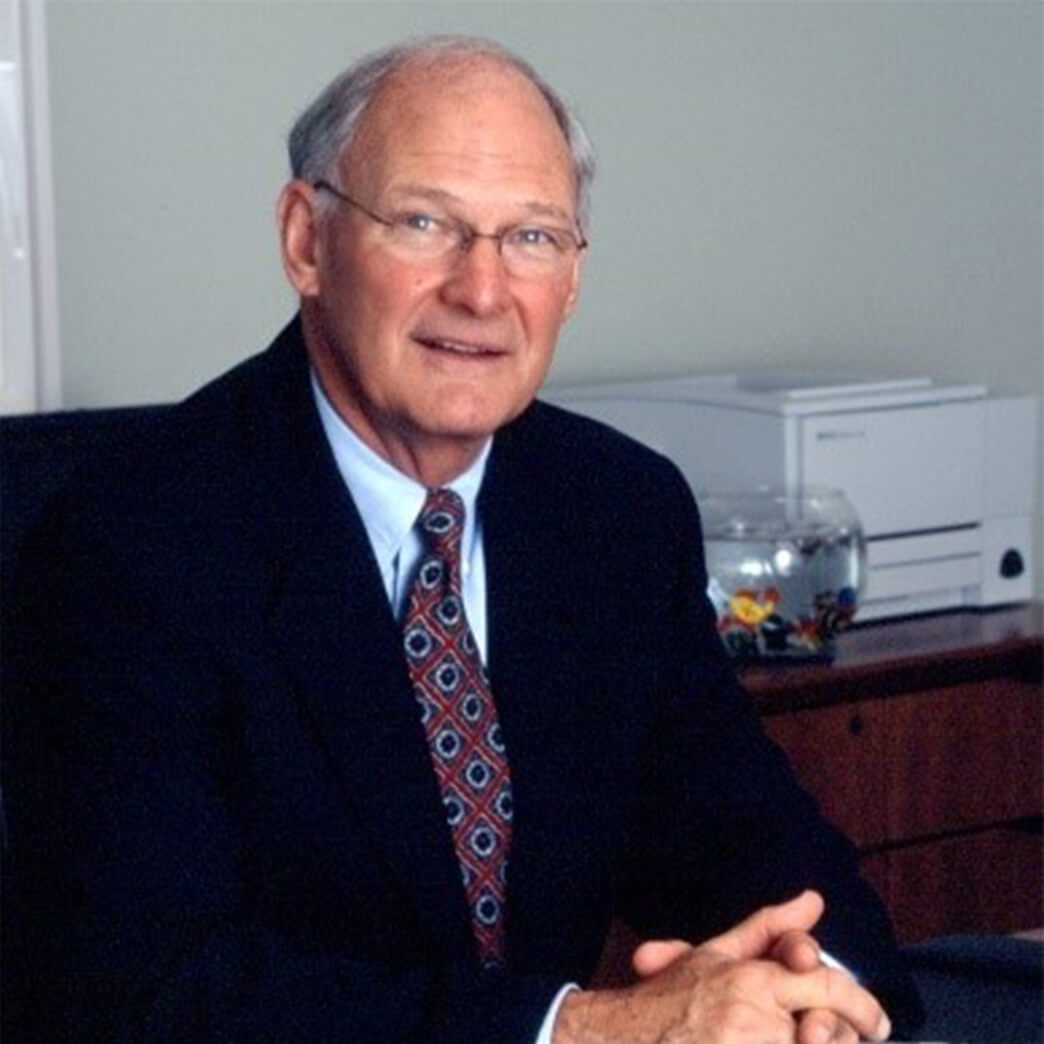
Jim Ryley Becomes CEO1997
Jim Ryley, who started as an apprentice in the 1950s, becomes the second CEO of Cupertino Electric.
A LARGER FOOTPRINT2000
CEI repurposes a manufacturing building on North 7th Street in San Jose, Calif., to become its corporate headquarters. The facility gives the company room to grow its operations.
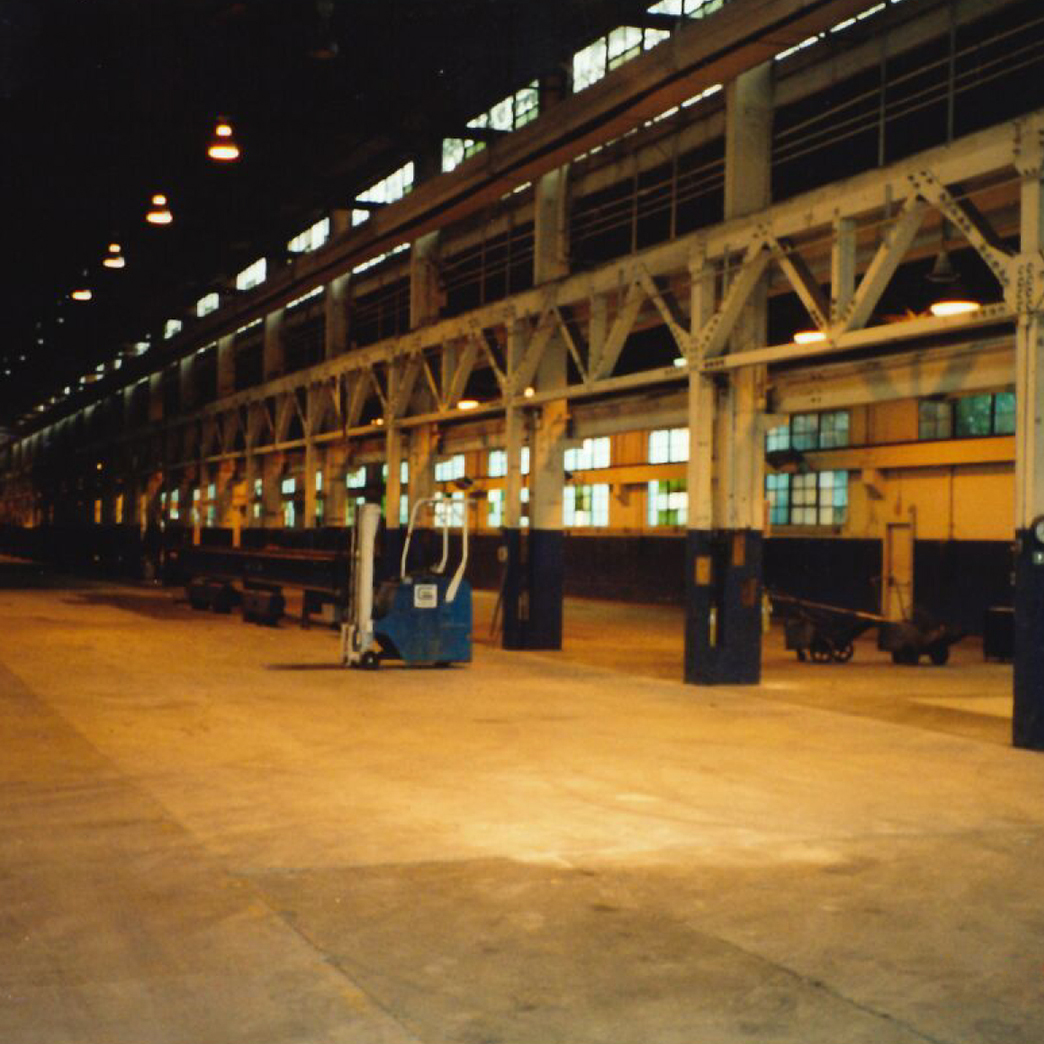
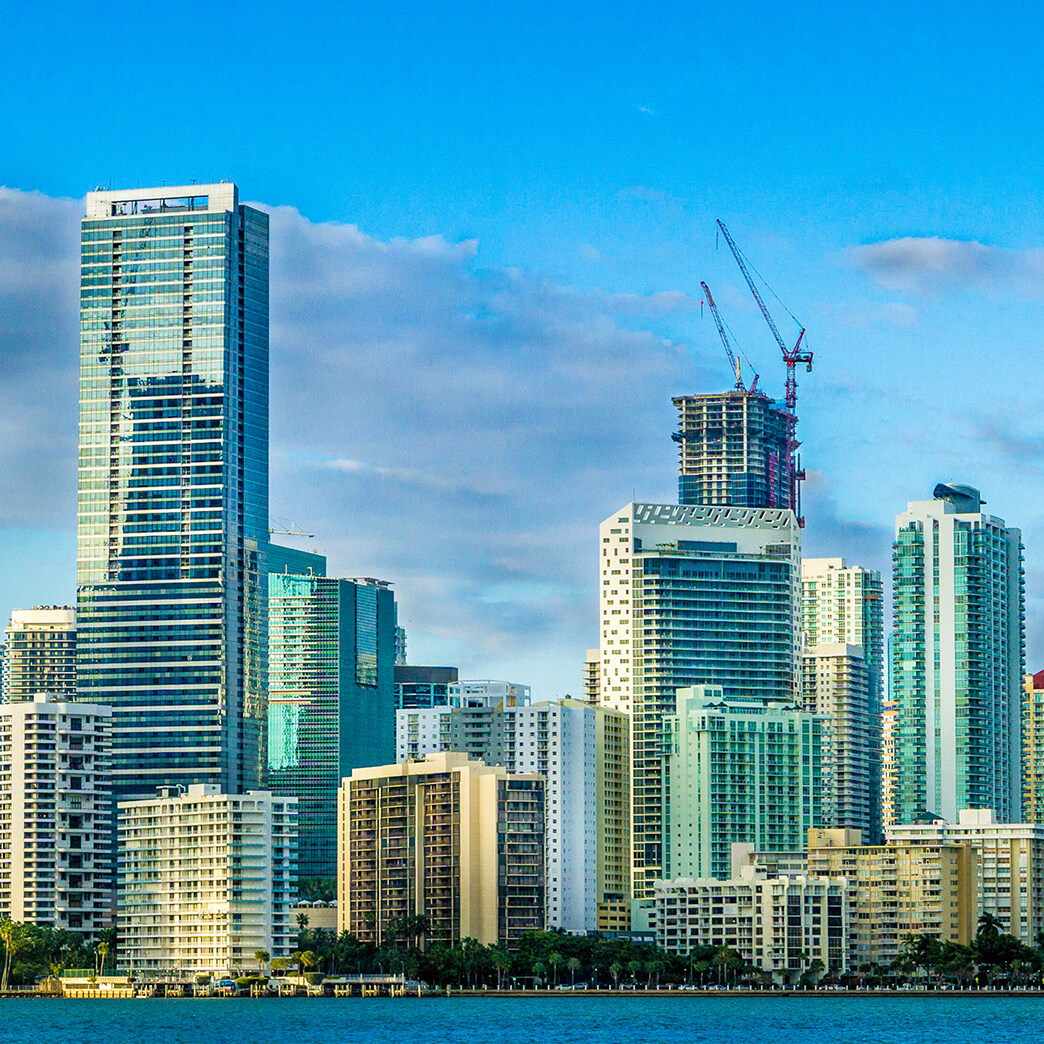
Big Data in Miami2001
Cupertino Electric builds Miami’s Network Access Point (NAP) of the Americas, the first carrier-neutral network access point that links Latin America and the Caribbean with the rest of the world. It's called “one of the most significant telecommunications projects in the world” by Verizon Terremark.
"CEI is made up of people who step toward a problem to help solve it. We make delivery dates. We don't miss them."
—Brett Boncher, Chief Operating Officer
A Mini City2003
In just four short months, CEI designs and builds the electrical system at the Thunder Valley Casino & Resort, which is like a mini-city. It is the first casino project for CEI.
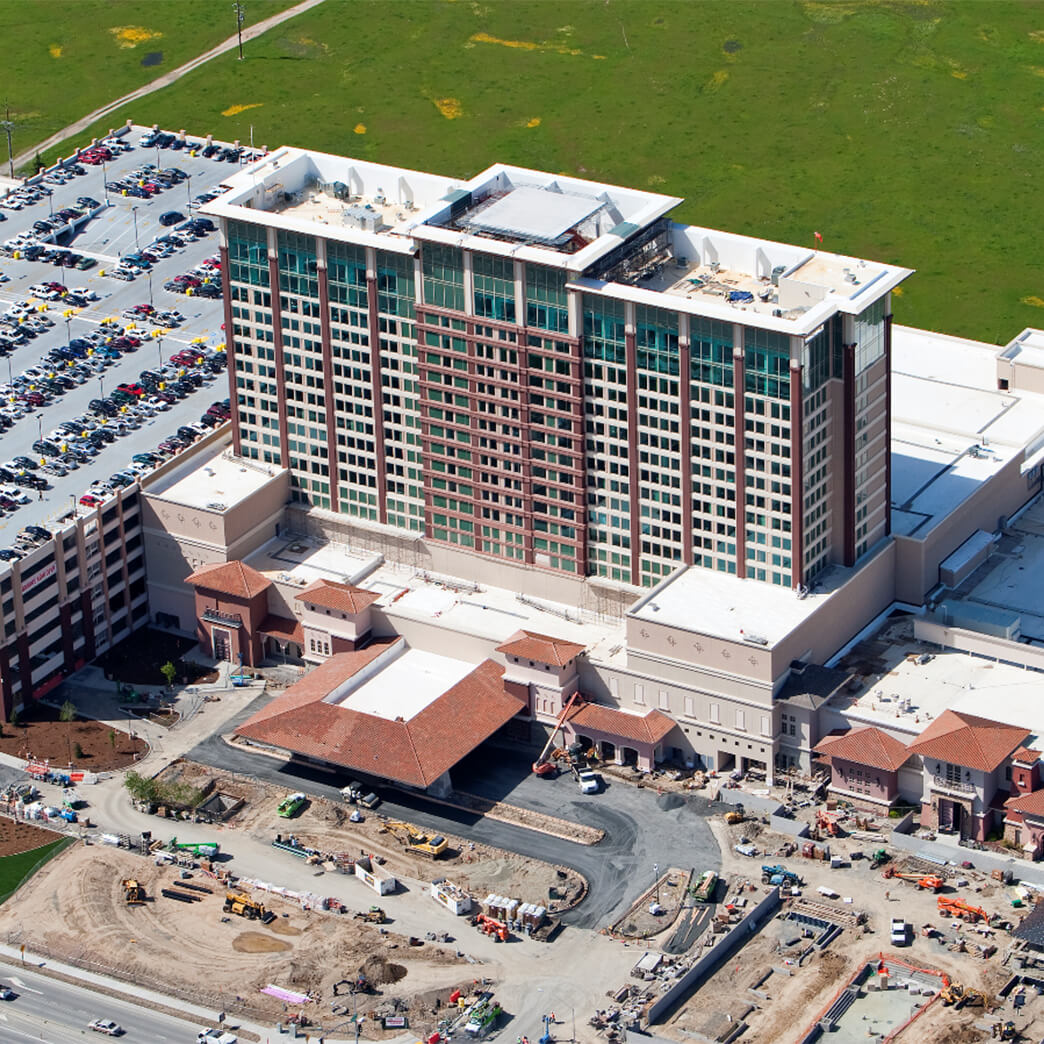
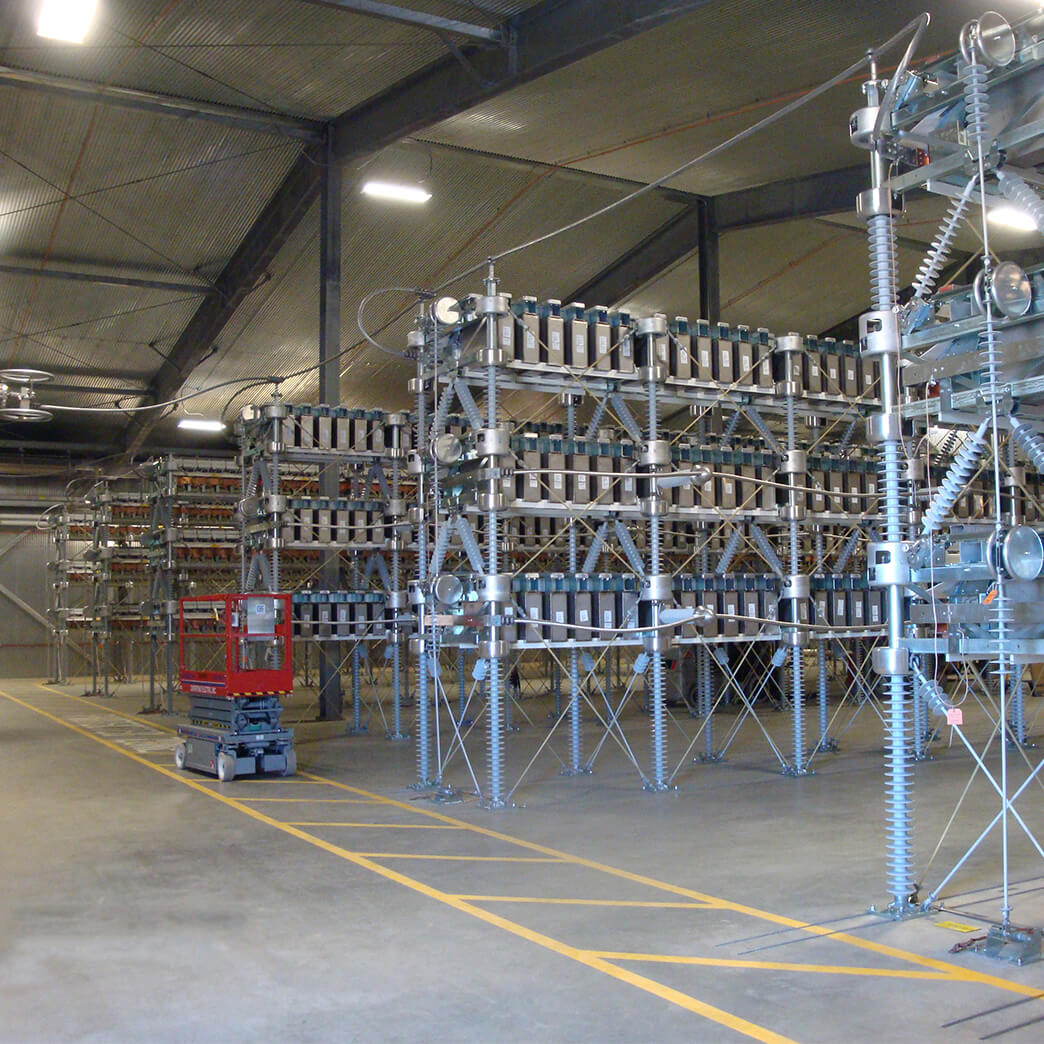
TransBay Cable Project2007
Siemens hires CEI to build the 400 MW, 200 kV TransBay Cable project, installing two converter stations for a new submarine HVDC transmission link between Pittsburg and San Francisco, California.
The Solar Play2007
CEI builds the largest solar project on a single corporate campus for Google and creates a solar-focused division in the process.
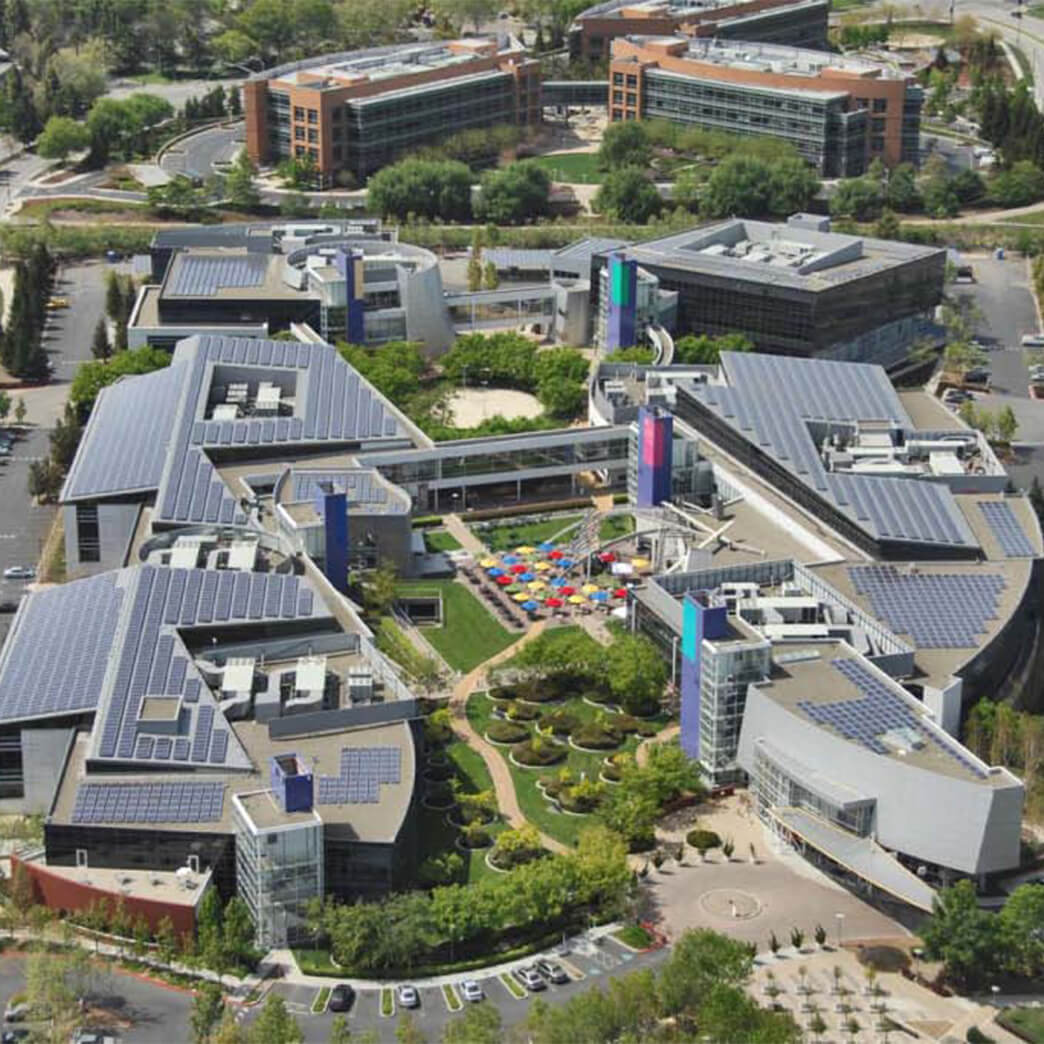

Southern California Commercial2008
CEI expands into the Los Angeles area by opening a local office.
Power Generation2008
CEI builds the Lodi Energy Center, a 1x1 combined-cycle, nominal 296 MW Siemens “Flex Plant 30” power generation facility with a natural gas-fired turbine generator.
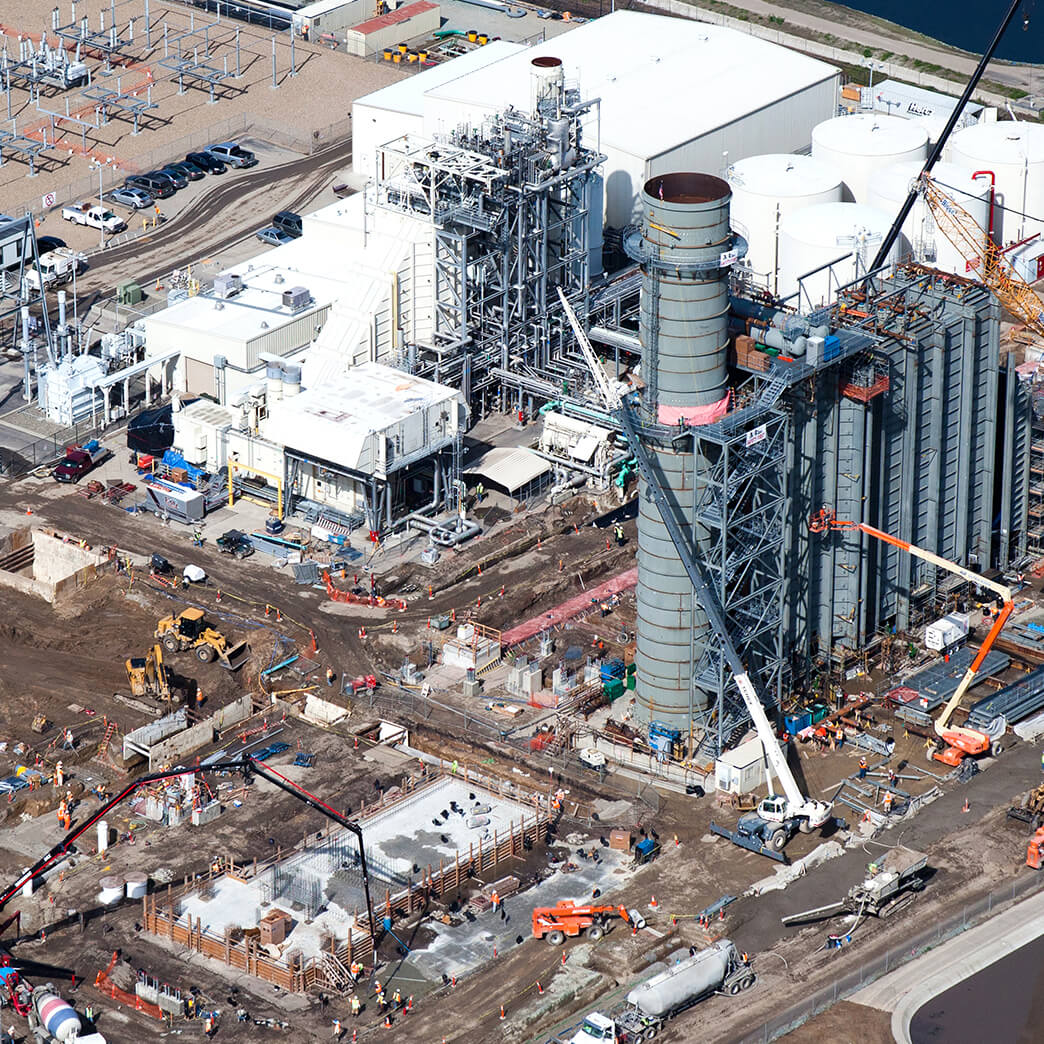
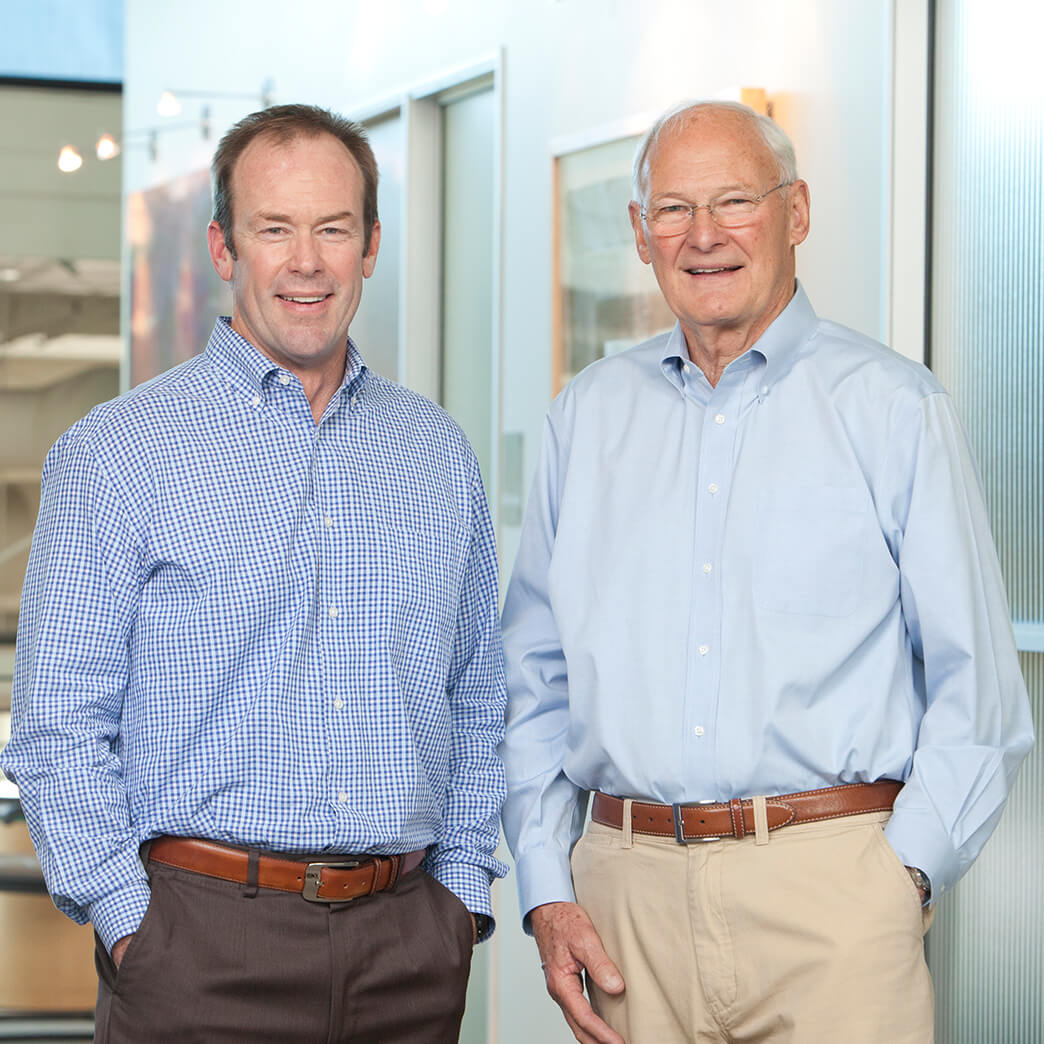
John Boncher Becomes CEO2010
John Boncher becomes CEI’s third CEO, doubling CEI's revenue during his tenure.
Modular Construction2010
CEI creates the modular construction company “NxGen” with a partner construction company. Three years later, the focus shifts and CEI moves the business in-house to focus on prefabricated modular data center projects for high-tech clients.
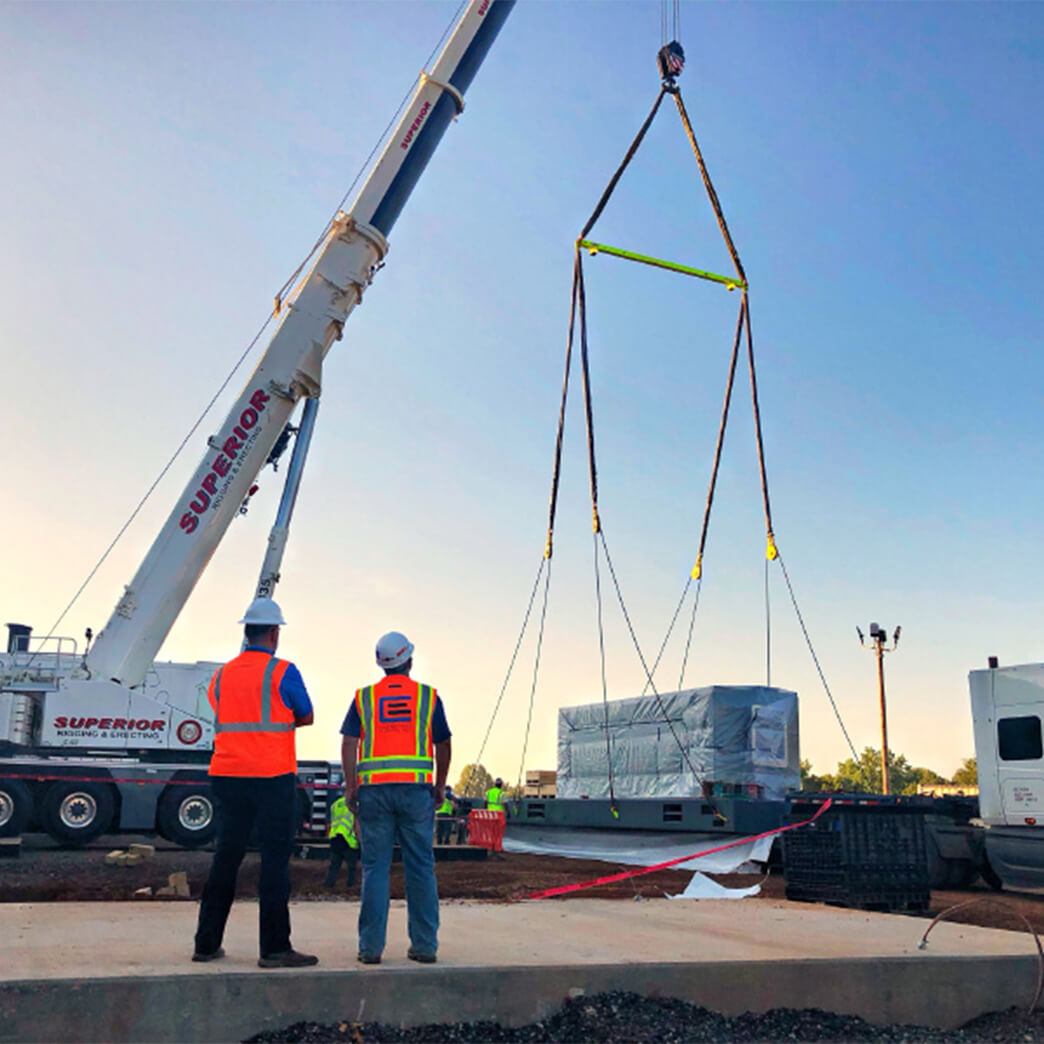
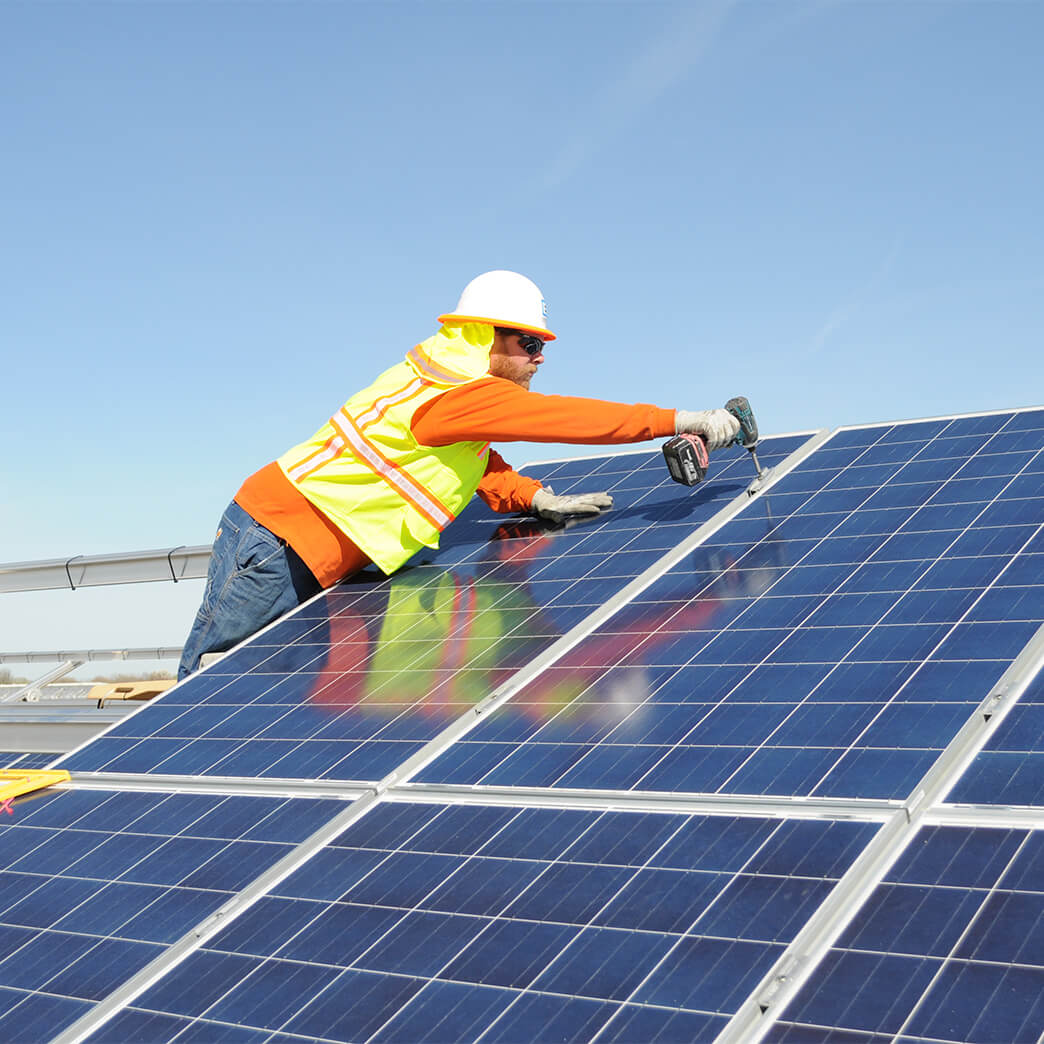
Utility-Scale Solar2013
CEI completes its third utility-scale PG&E solar project, installing 85 MW of energy generation in roughly two years for the utility. ENR ranks CEI the largest electrical contractor in California.
"We don't believe in shying away from complex, big projects—or anything that hasn't been done before. I love that our teams never stop learning and integrate new ideas into everything we design, plan and execute."
—Rob Thome, Senior Vice President of Operations
Public Infrastructure Projects2014
CEI begins work at San Francisco International Airport, launching the first of many public infrastructure projects at the site, including the Harvey Milk Terminal.
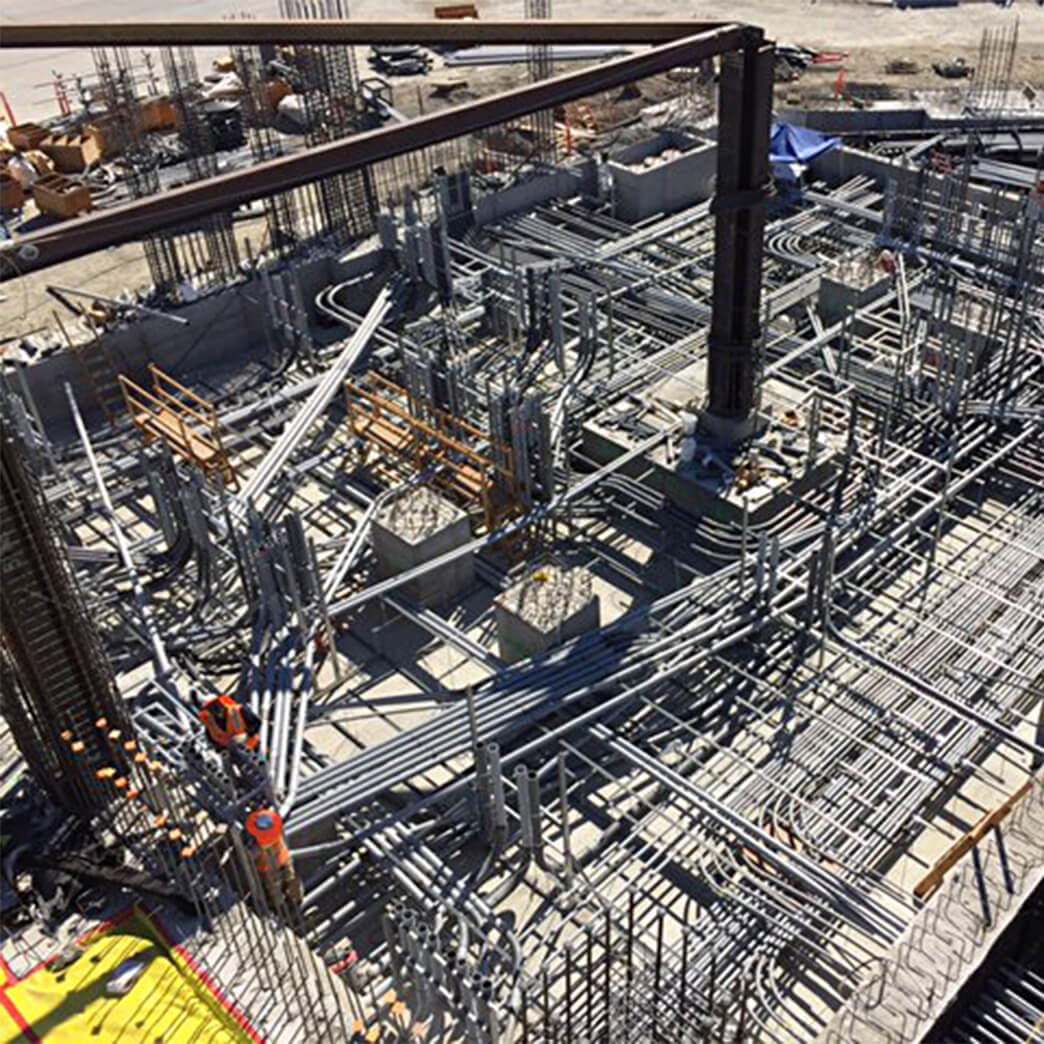
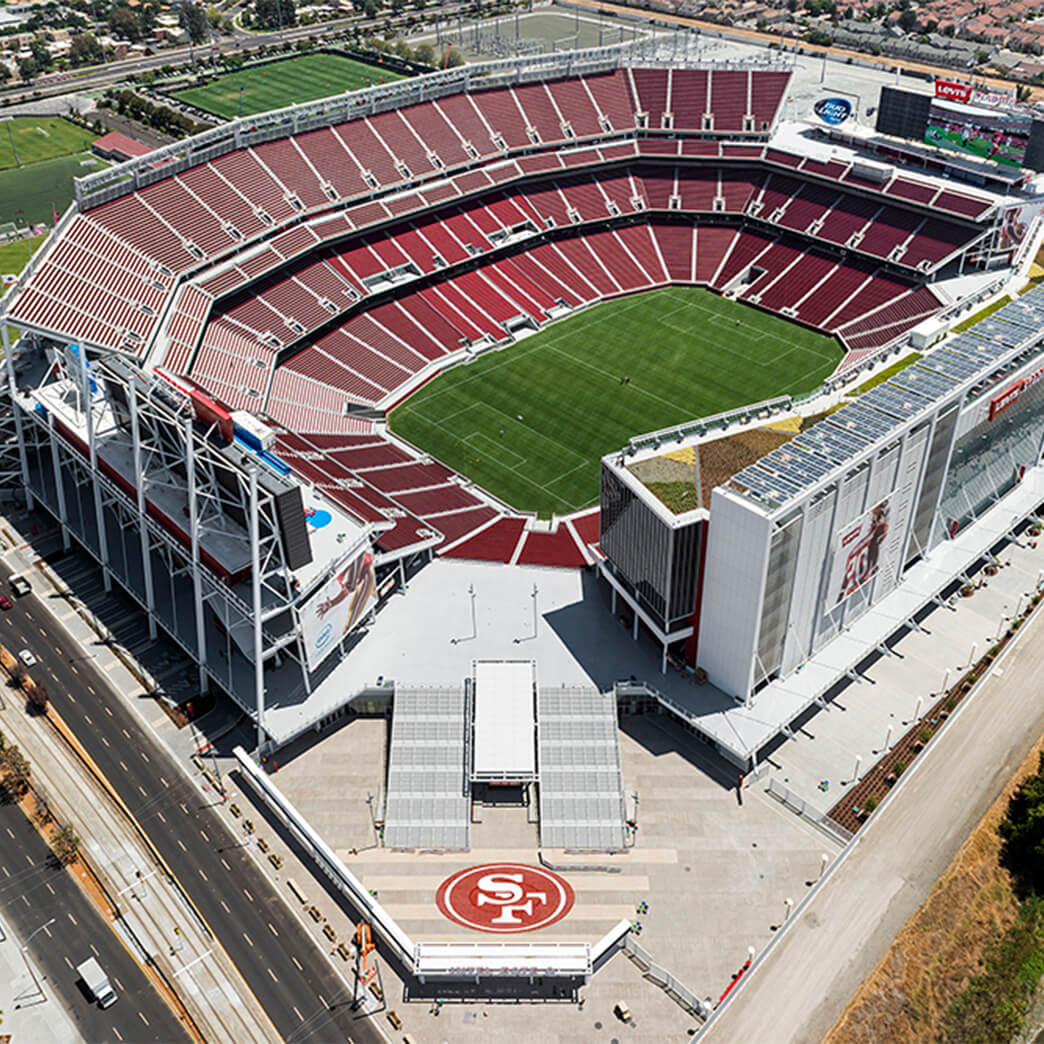
Levi's Stadium2014
CEI delivers the 1.8 million square-foot Levi's Stadium for the NFL's San Francisco 49ers ahead of schedule as Design/Build electrical contractor.
Photovoltaic Success2015
CEI is ranked California’s largest solar EPC company by Solar Power World (and again in 2016), thanks to large-scale projects like Copper Mountain Solar 3 and the Antelope Valley Solar Project.
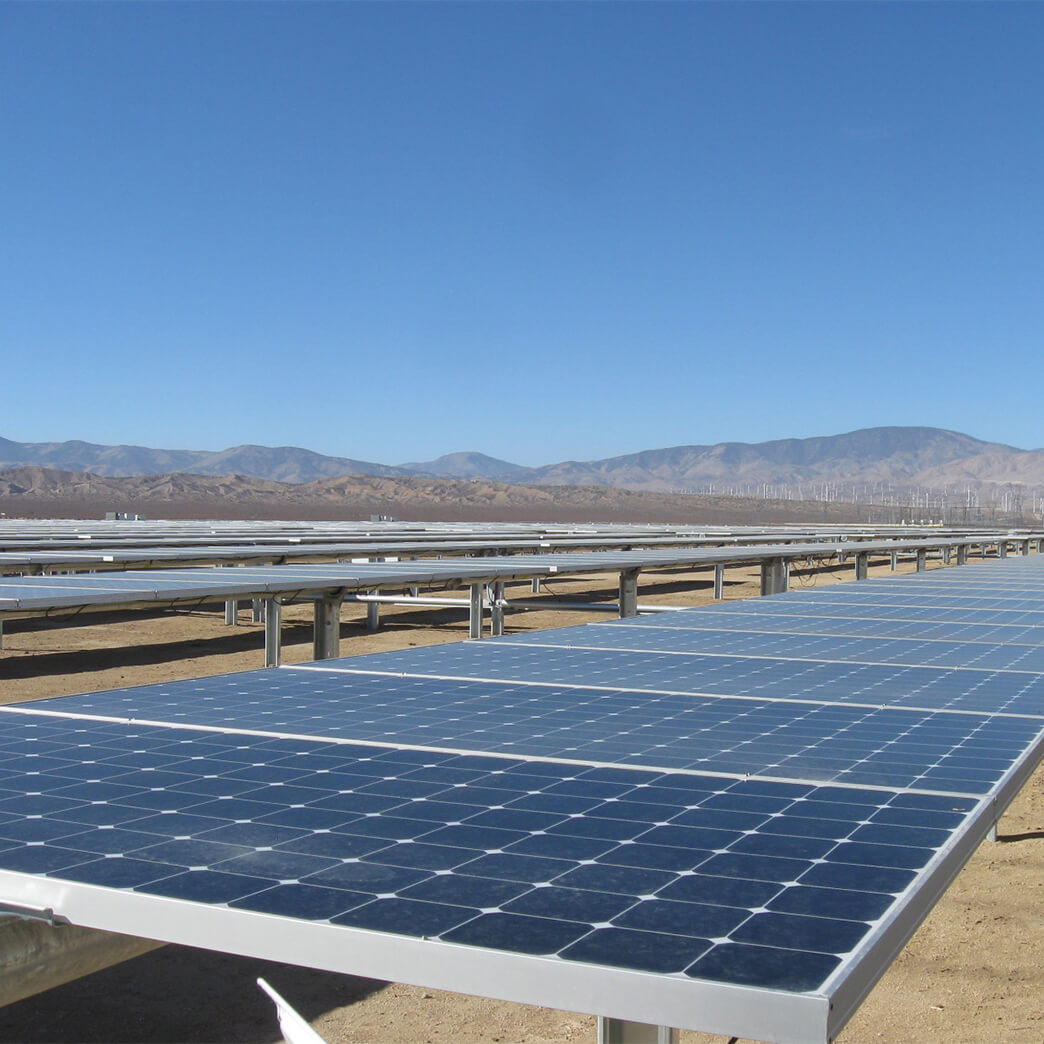
"While delivering possibilities for customers, partners and the community is extremely important, none of it works if we don't create possibilities for our employees first."
—Tom Schott, CEO
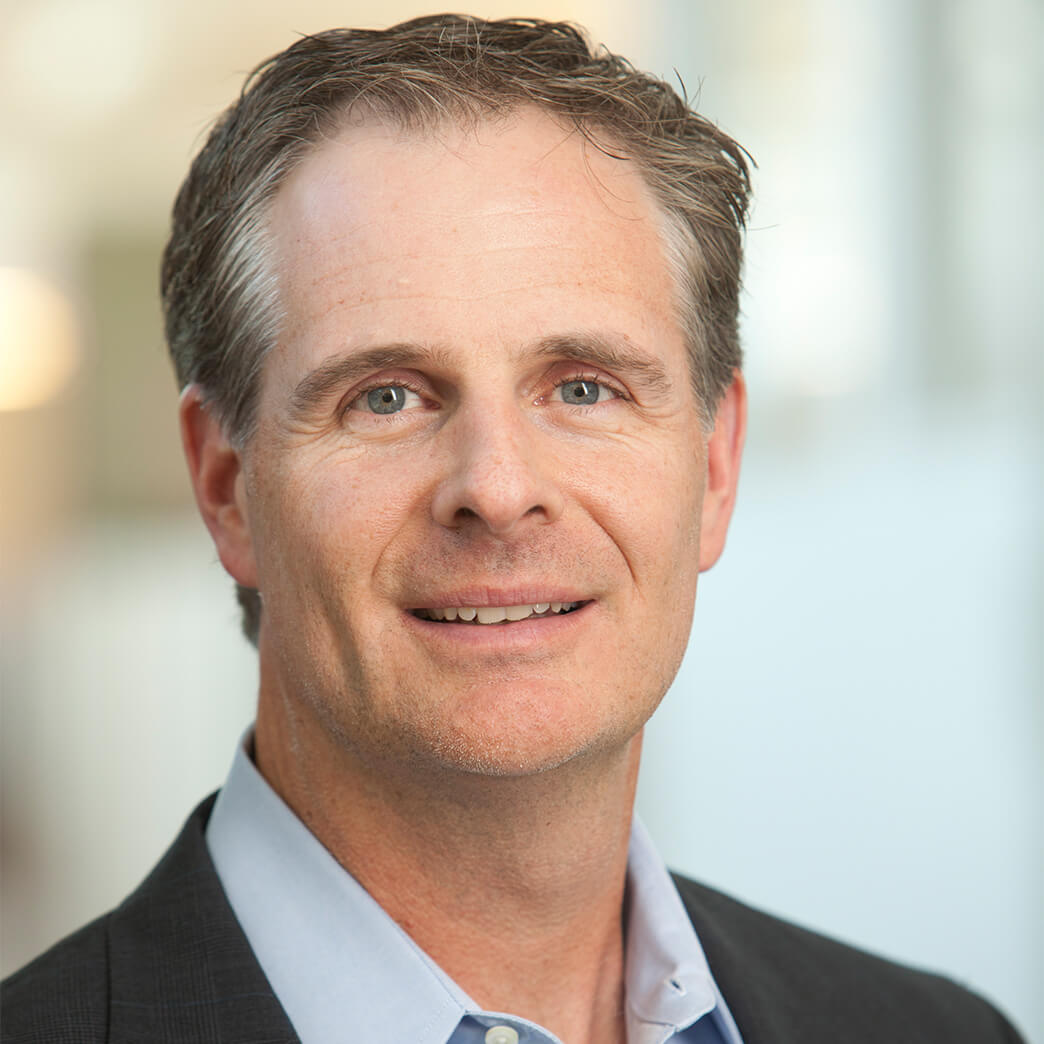
Tom Schott Appointed CEO2018
Tom Schott becomes president and CEO. CEI reports record $1.25 billion in revenue, thanks to geographic expansion into several states, including Iowa, New Mexico, Ohio and Utah.
EV Charging Stations2018
CEI is ranked the largest electric vehicle (EV) charging station installer for PG&E.
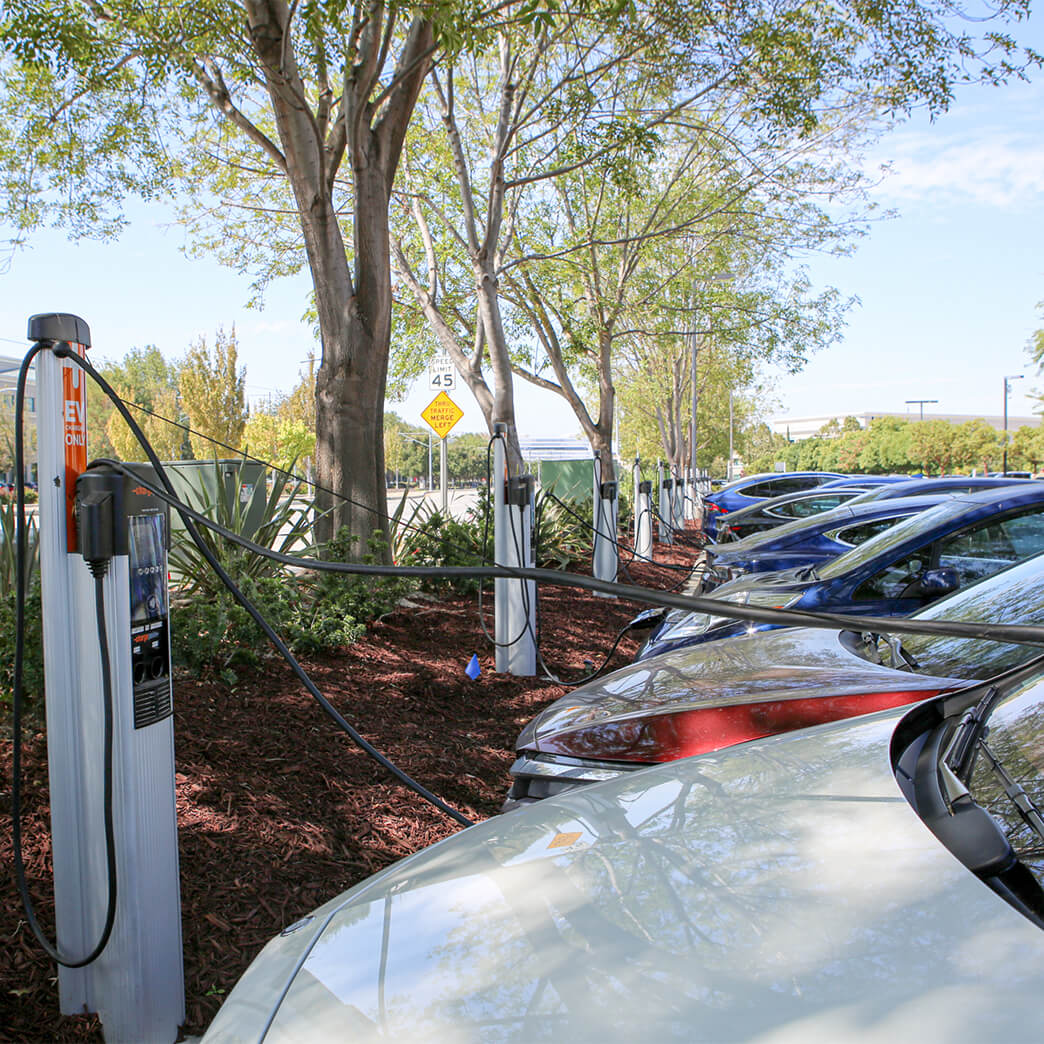
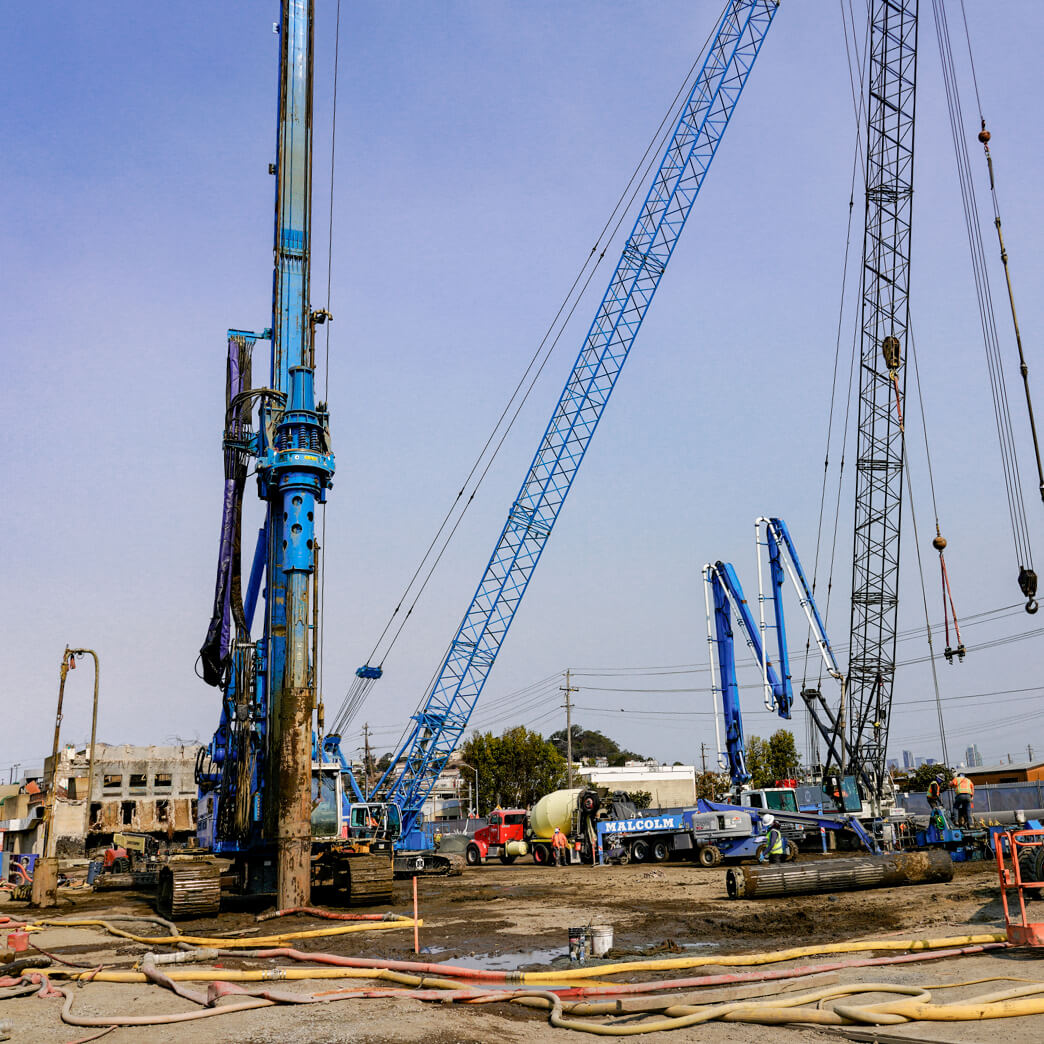
Wastewater Treatment2019
The San Francisco Public Utilities Commission Headworks project breaks ground, demonstrating CEI’s commitment to public infrastructure projects.
Pandemic Response2020
The COVID-19 pandemic disrupts all industries, including construction. CEI leads by protecting employees with one of the industry’s most stringent Exposure Control Plans (ECP).
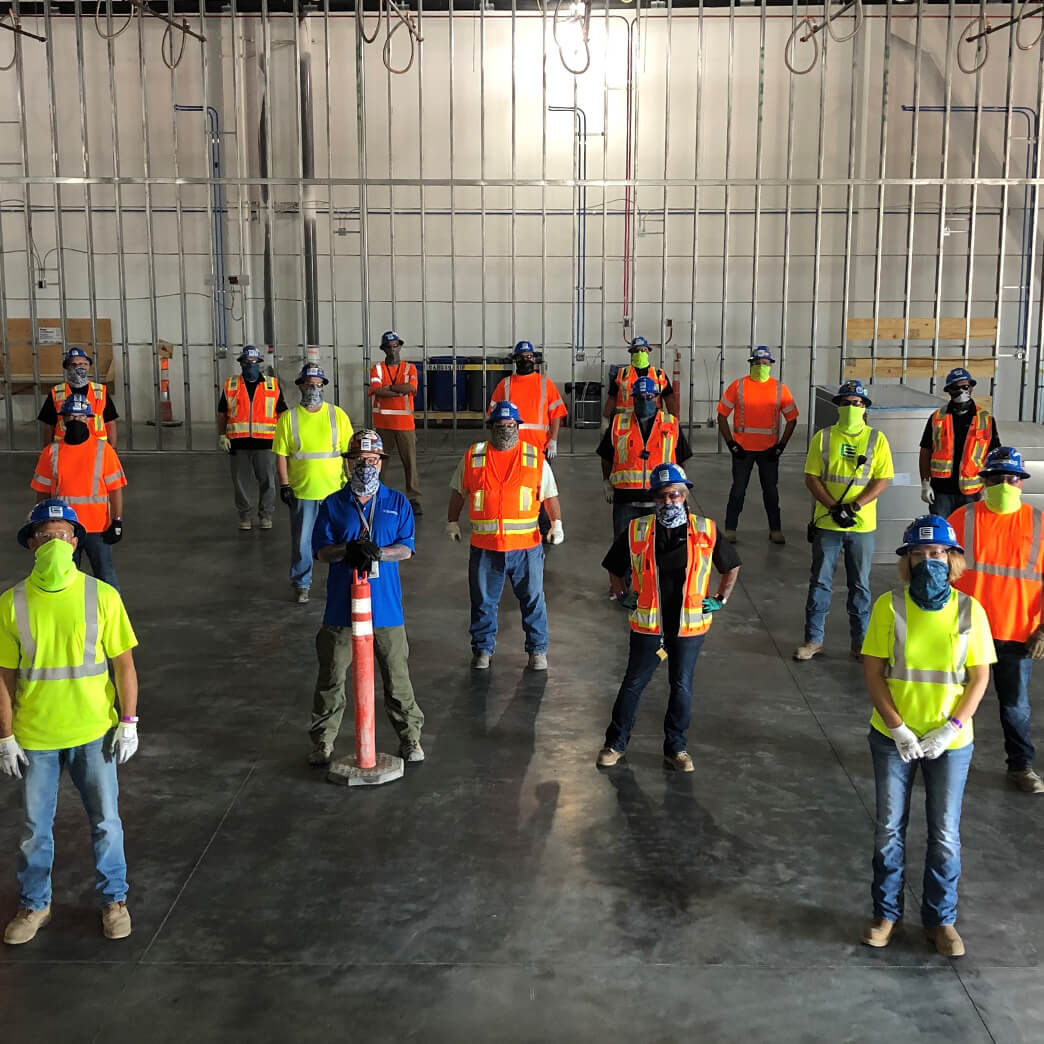
"Safety at CEI is a core value and is represented by a culture of protecting our co-workers and teams. Each person’s commitment to ensure no one goes home injured doesn’t just satisfy a performance number. It insulates our co-workers—and by extension their families—from pain and suffering."
—Bruce Baxter, Senior VP Production & Safety (2016-2021)
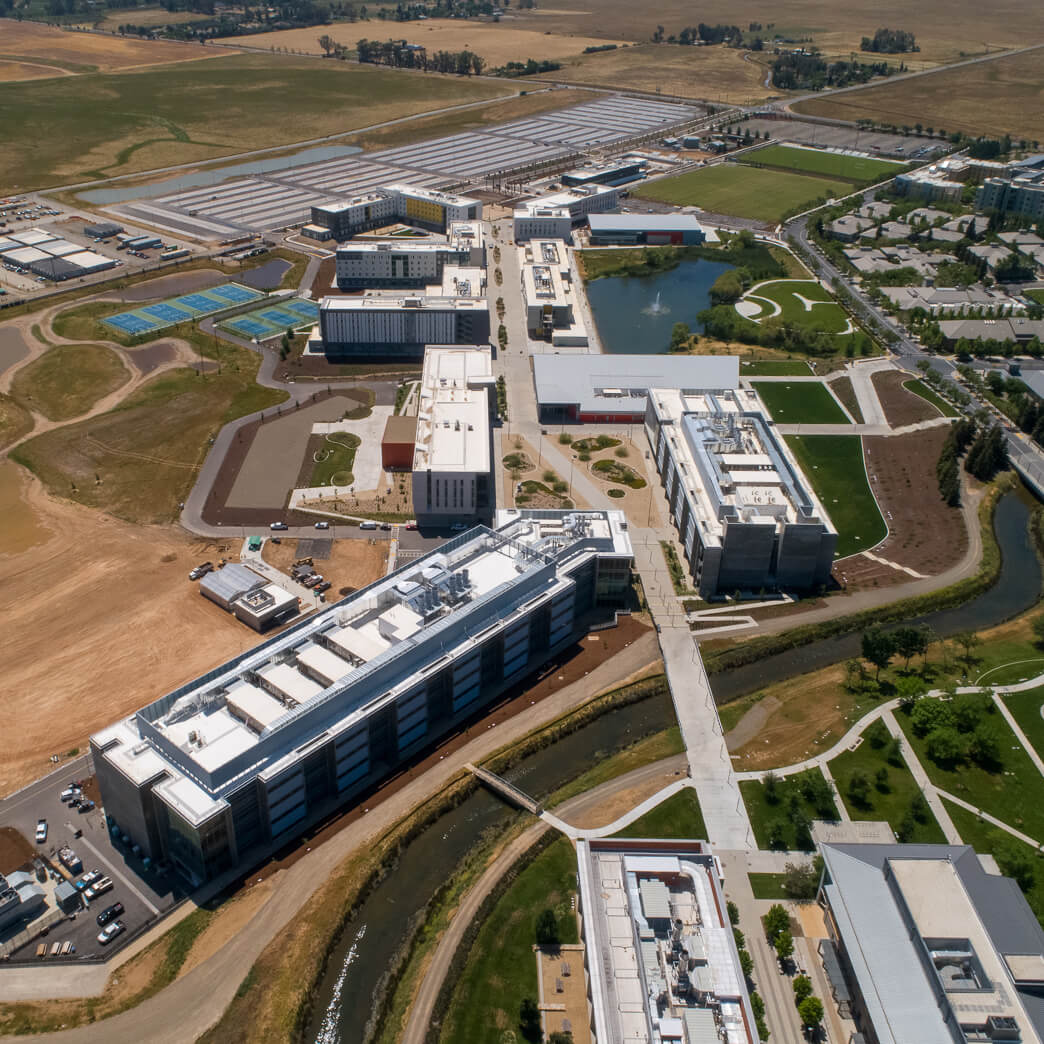
LEED Platinum at UC Merced2020
The massive, multi-year UC Merced campus project is unveiled and awarded LEED Platinum status.
First Annual Ravizza Award2021
In May 2021, CEI announces first the annual “Ravizza Award” winners honoring company founder Gene Ravizza.

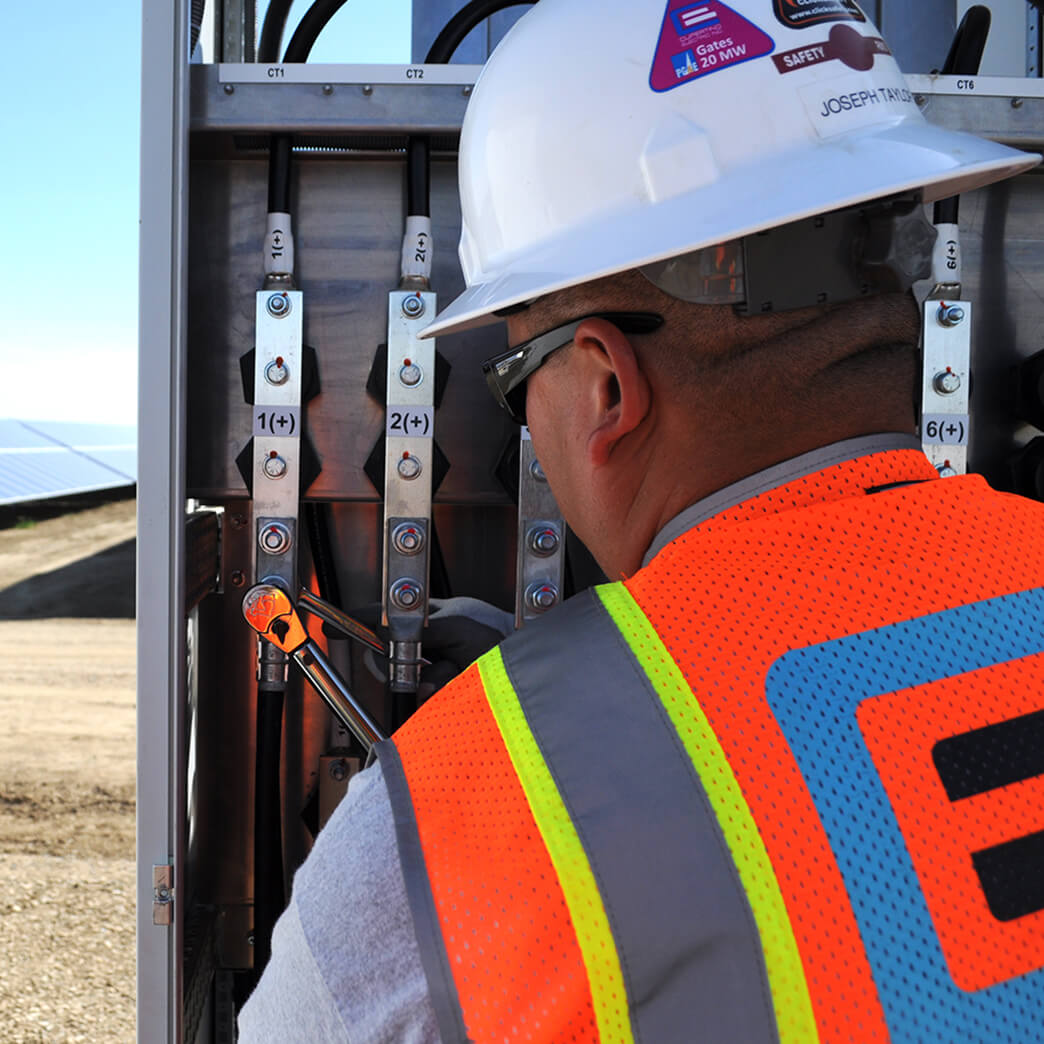
Nationally Ranked Solar2021
In July 2021, Solar Power World ranks CEI one of the 10 largest EPC solar contractors in the U.S.
A National Award of Merit2021
The Design-Build Institute of America (DBIA) awards the UCSF Wayne and Gladys Valley Center for Vision in San Francisco, Calif., with a National Award of Merit.
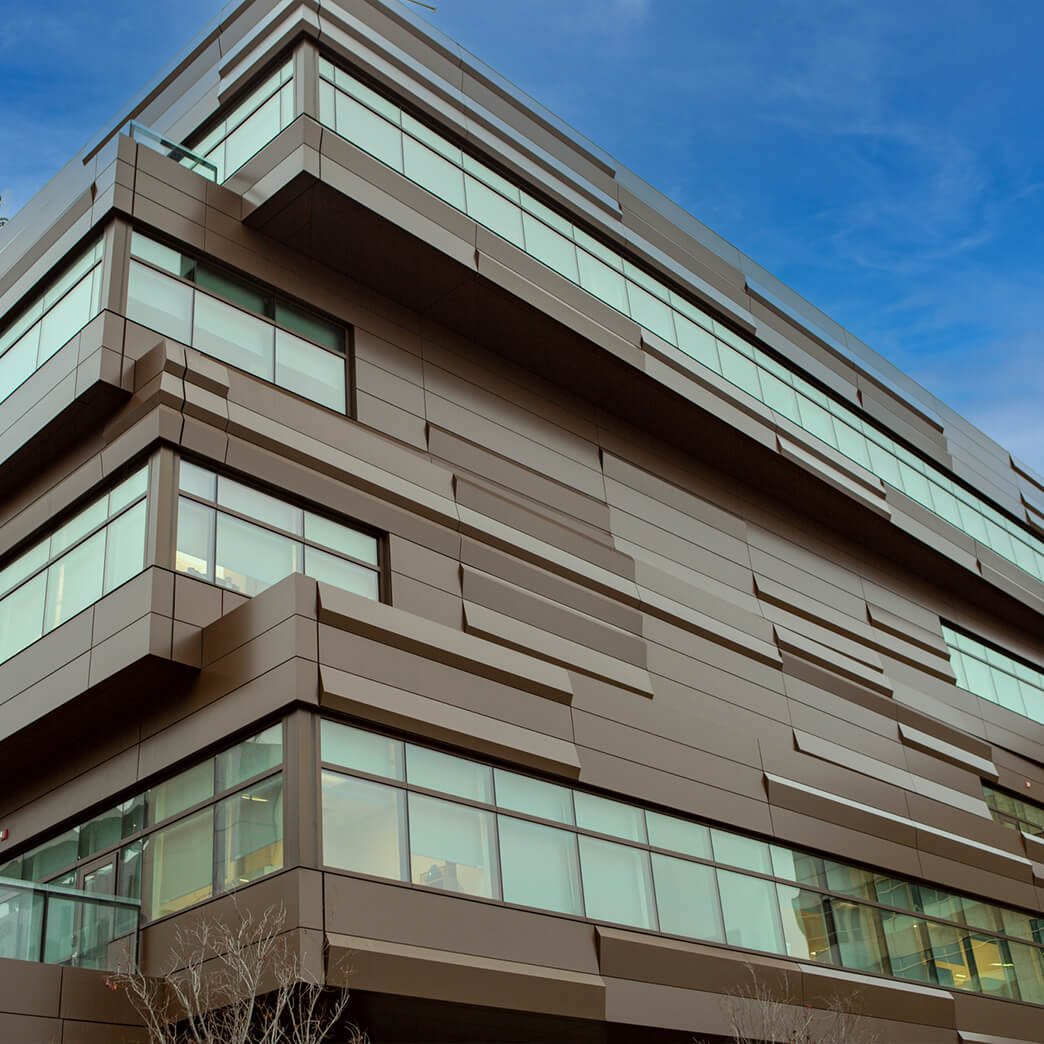
A Project of the Year Award2021
In September 2021, the 49 South Van Ness Project in San Francisco, Calif., wins a 2021 International Partnering Institute (IPI) Project of the Year Award.
A Project Excellence Award2021
The UC Merced 2020 project in Merced, Calif., is recognized at NECA 2021 Nashville for earning the 2021 Project Excellence Award in the Educational category.
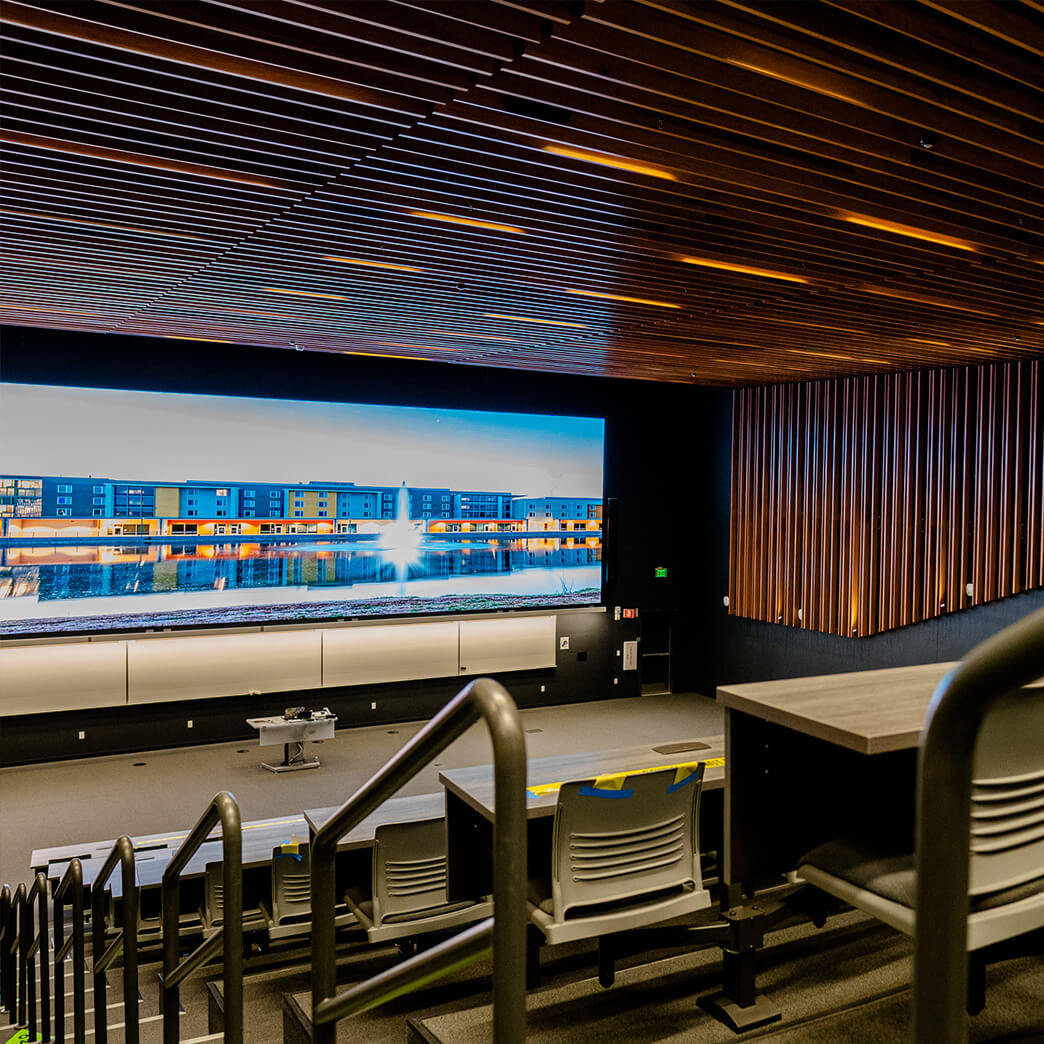
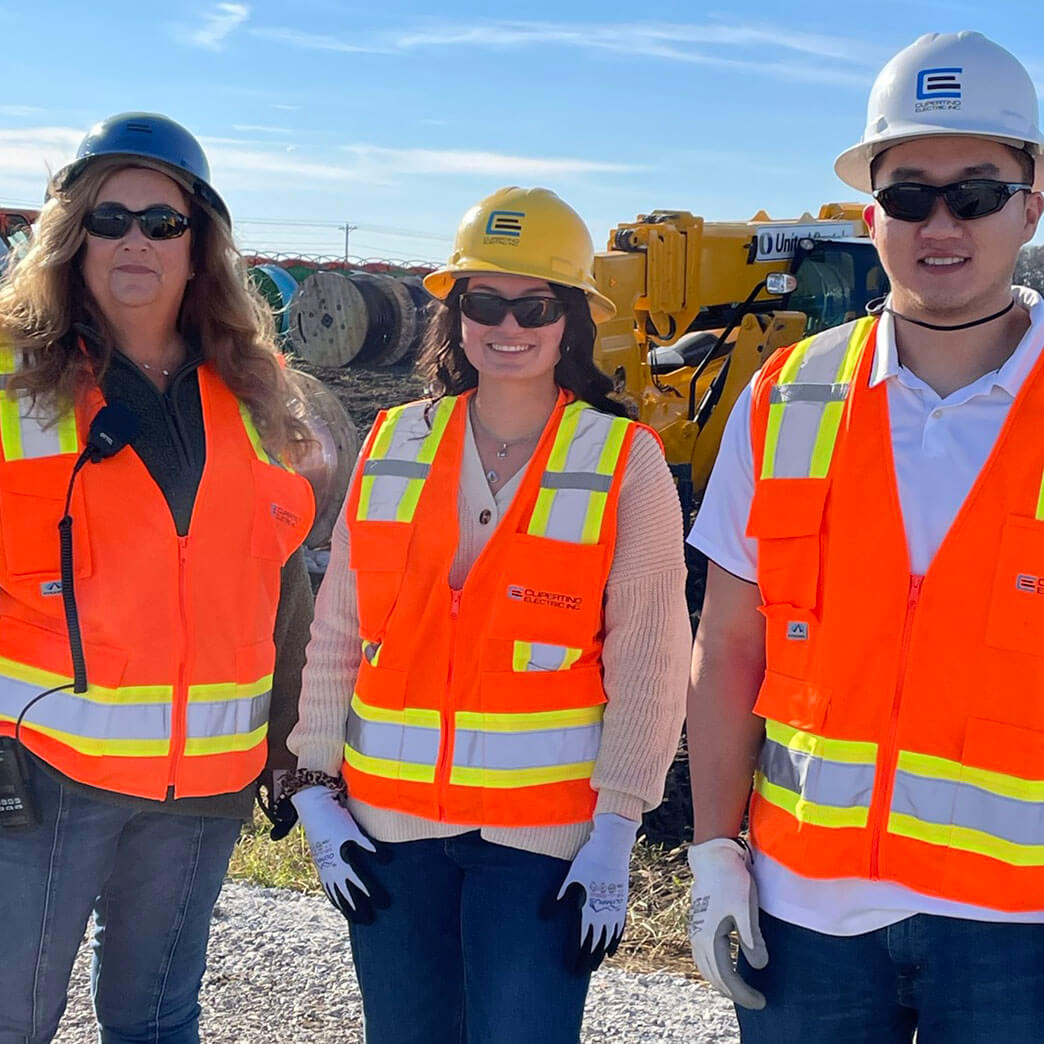
A Big Year2021
Cupertino Electric closes the year with its largest revenue number in company history: $1.625B.
CEI GIVES BACK2021
CEI creates the CEI Gives Foundation, a separate non-profit entity that funds CEI’s charitable giving and volunteering programs.
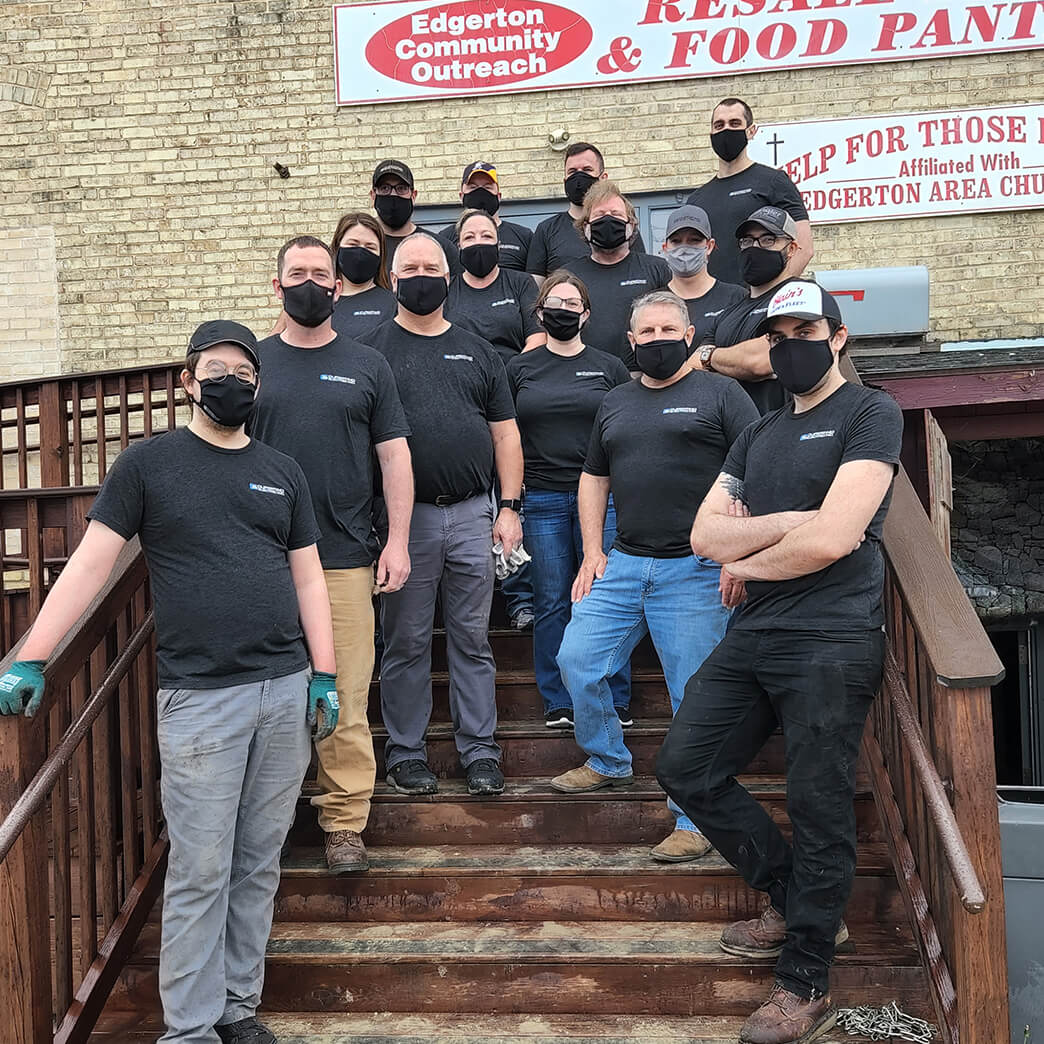
"We're being very intentional with our inclusion efforts to ensure that we're not so focused on metrics that we lose sight of the problem we're trying to solve...[W]e're doing things like eliminating strict educational criteria from job postings, making training and educational opportunities more visible, recruiting in new communities, and investing in robust inclusivity training..."
—Tom Schott, President & CEO
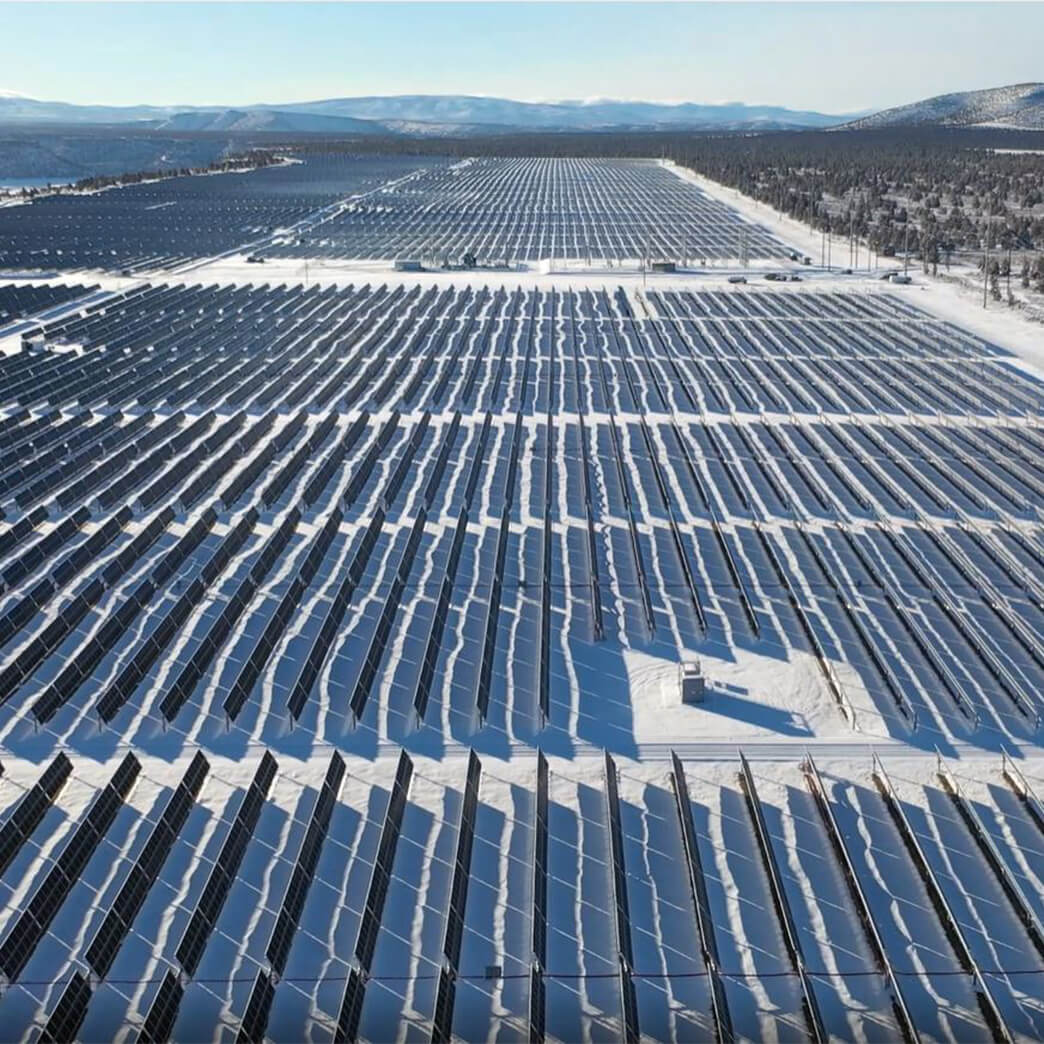
BALANCED EXPANSION2022
With new data center and utility-scale energy projects throughout the country, CEI works in more states than ever before. Between 2020 and 2022, it begins work in Arizona, Idaho, Indiana, Michigan, Oregon and Washington, adding to its bedrock regions of California, Iowa, New Mexico, Ohio and Utah.
RECORD REVENUE2023
CEI reports record revenue of $2.05B in 2022, thanks to continued geographic and market expansino across the U.S.
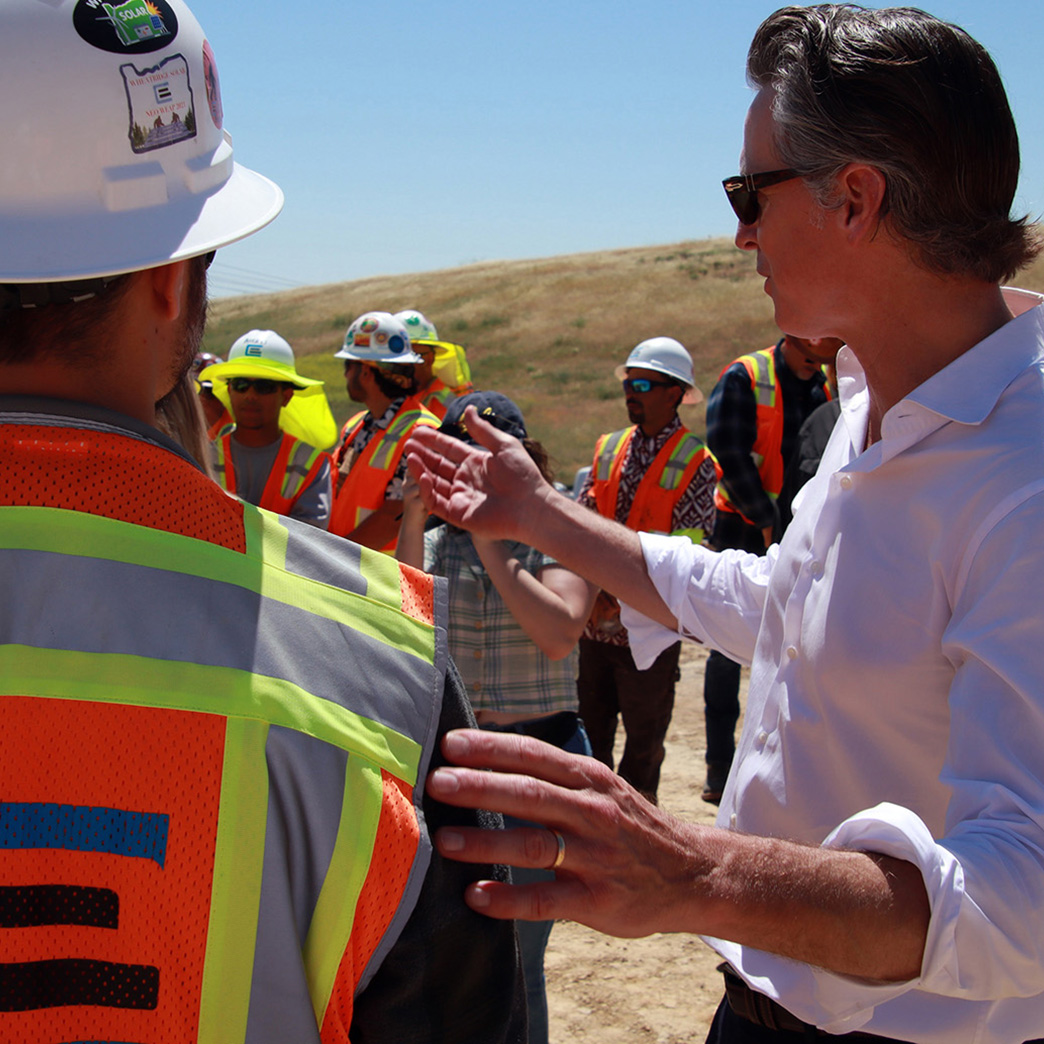
GOV. GAVIN NEWSOM VISITS CEI SITE2023
A CEI solar site in California serves as the blueprint and backdrop for California Governor Gavin Newsom to announce clean energy initiatives in May of 2023.
MIDWEST EXPANSION2024
CEI expands its Midwest presence with the opening of a new office near Des Moines, Iowa.
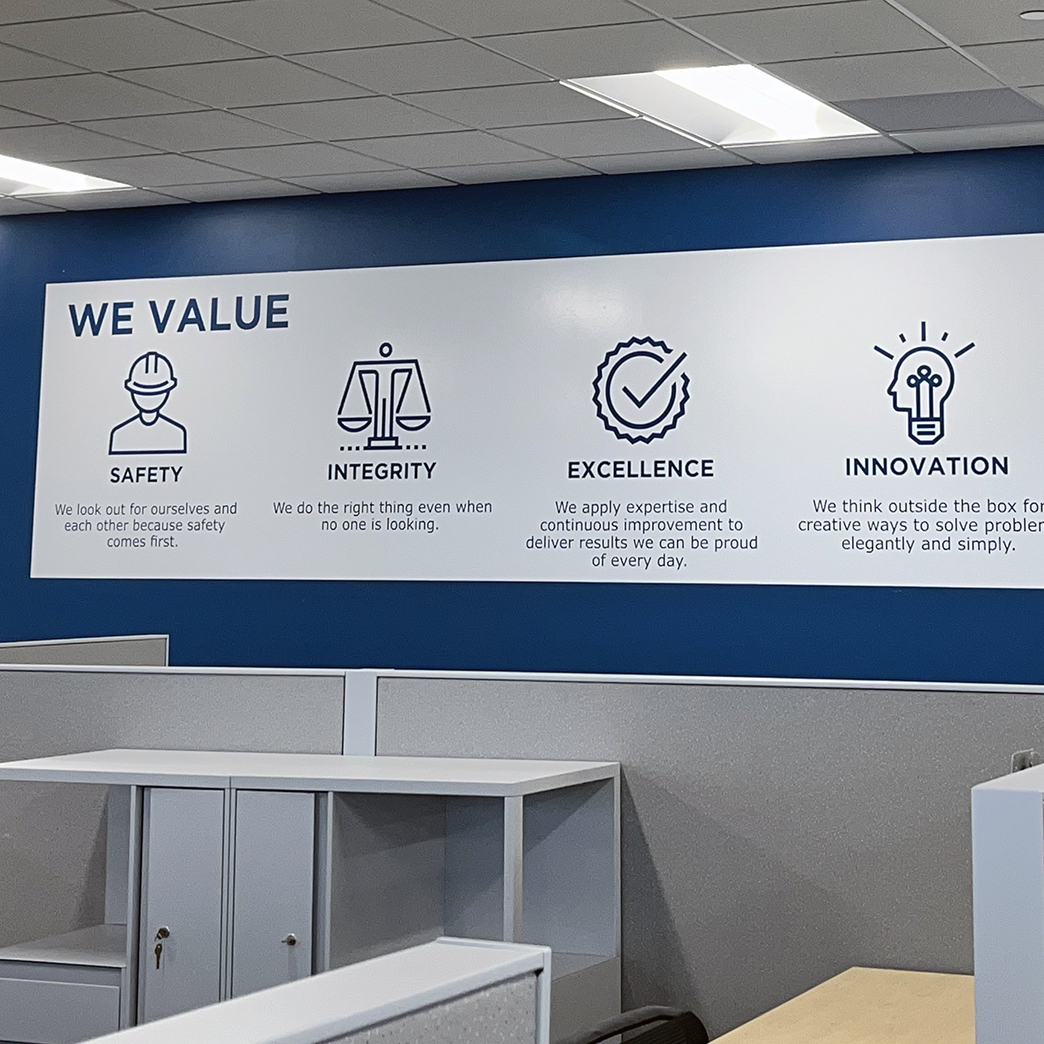

QUANTA ACQUIRES CEI2024
July 2024 acquisition by largest specialty contracting firm in U.S. gives Quanta access to new renewable and data center customers and markets and gives CEI access to more resources and support.
